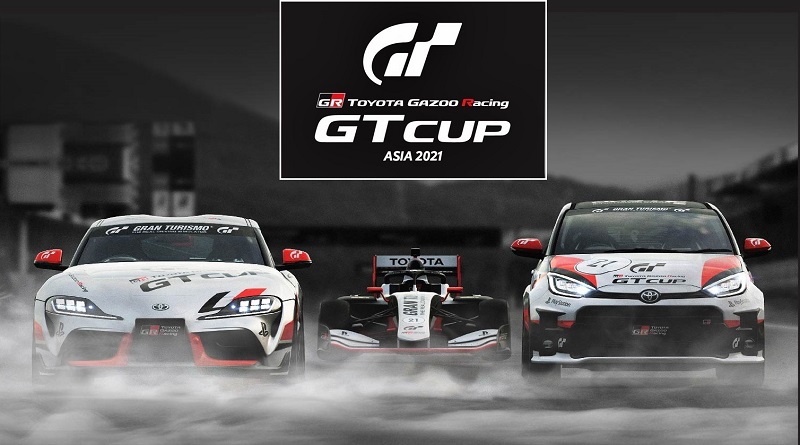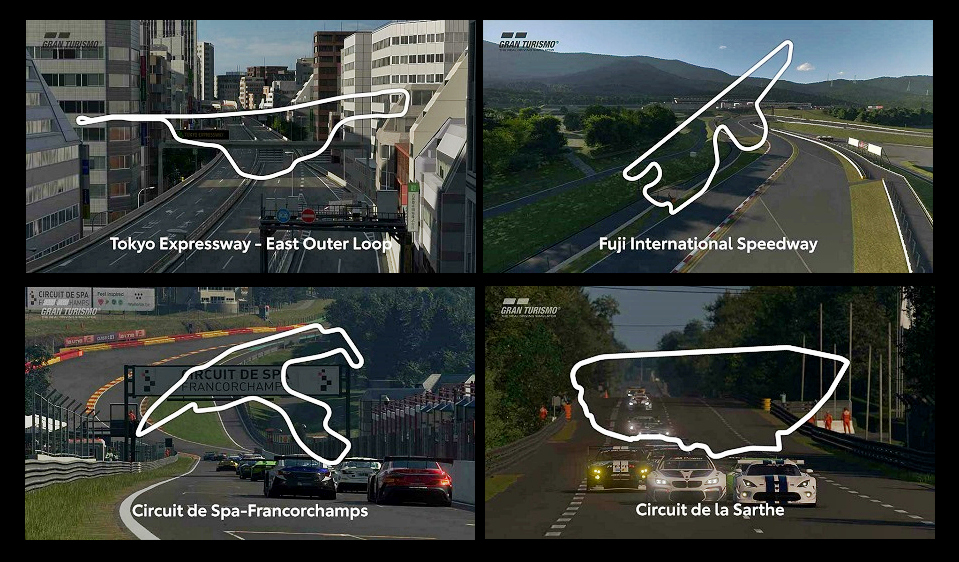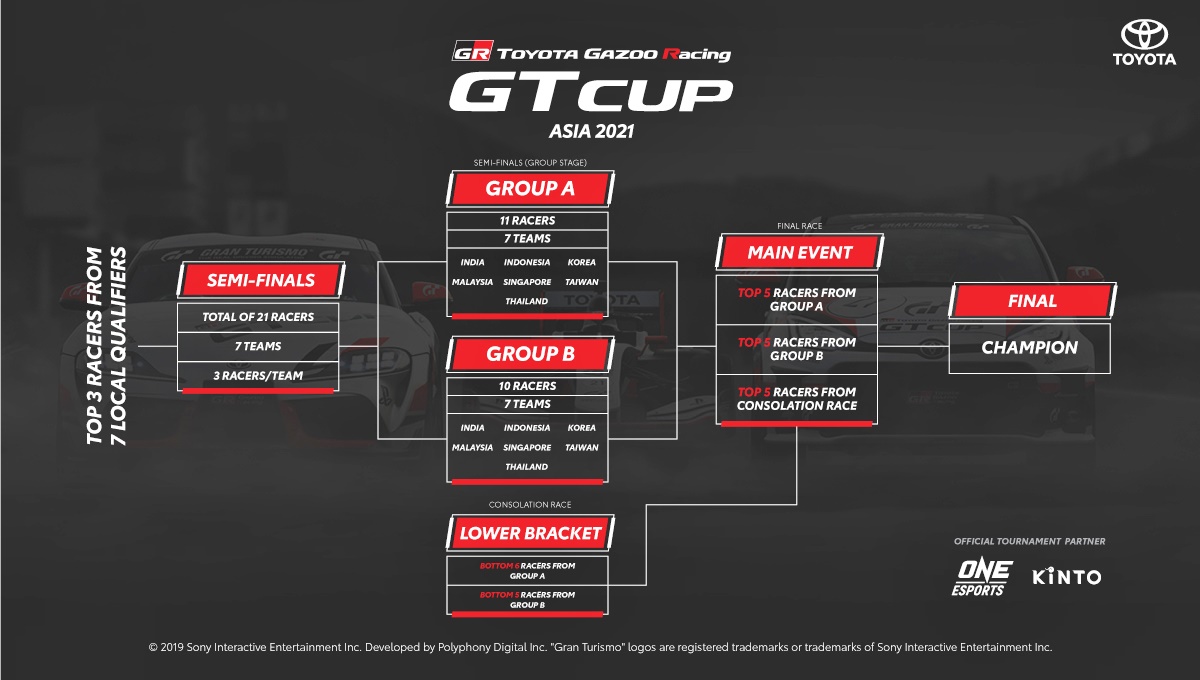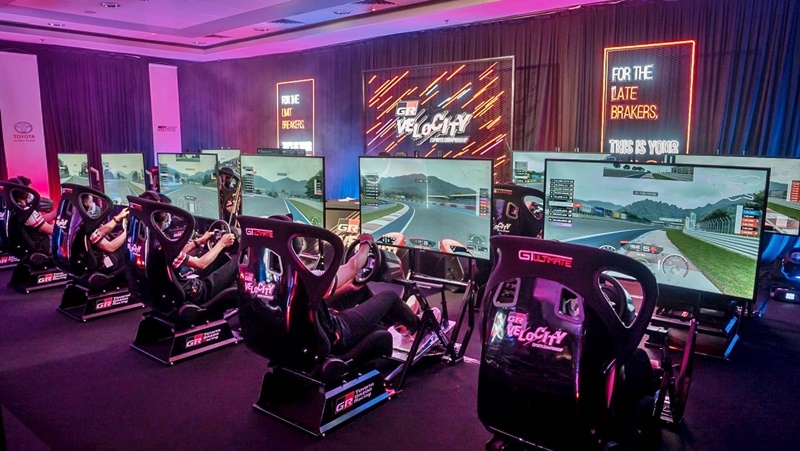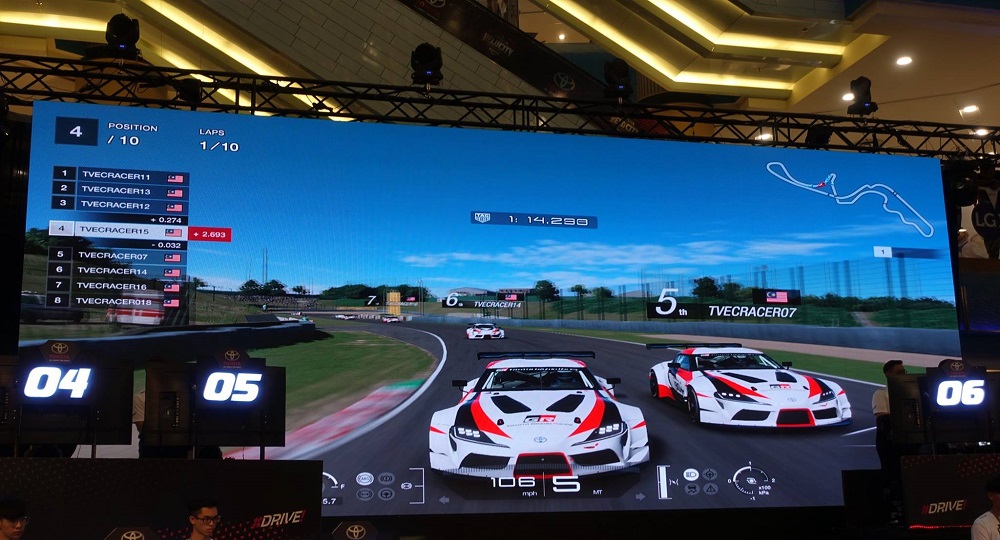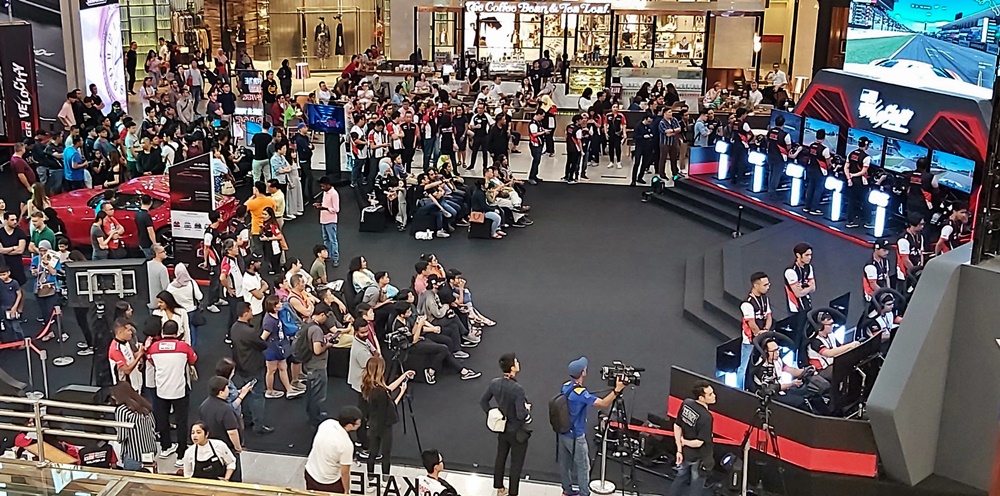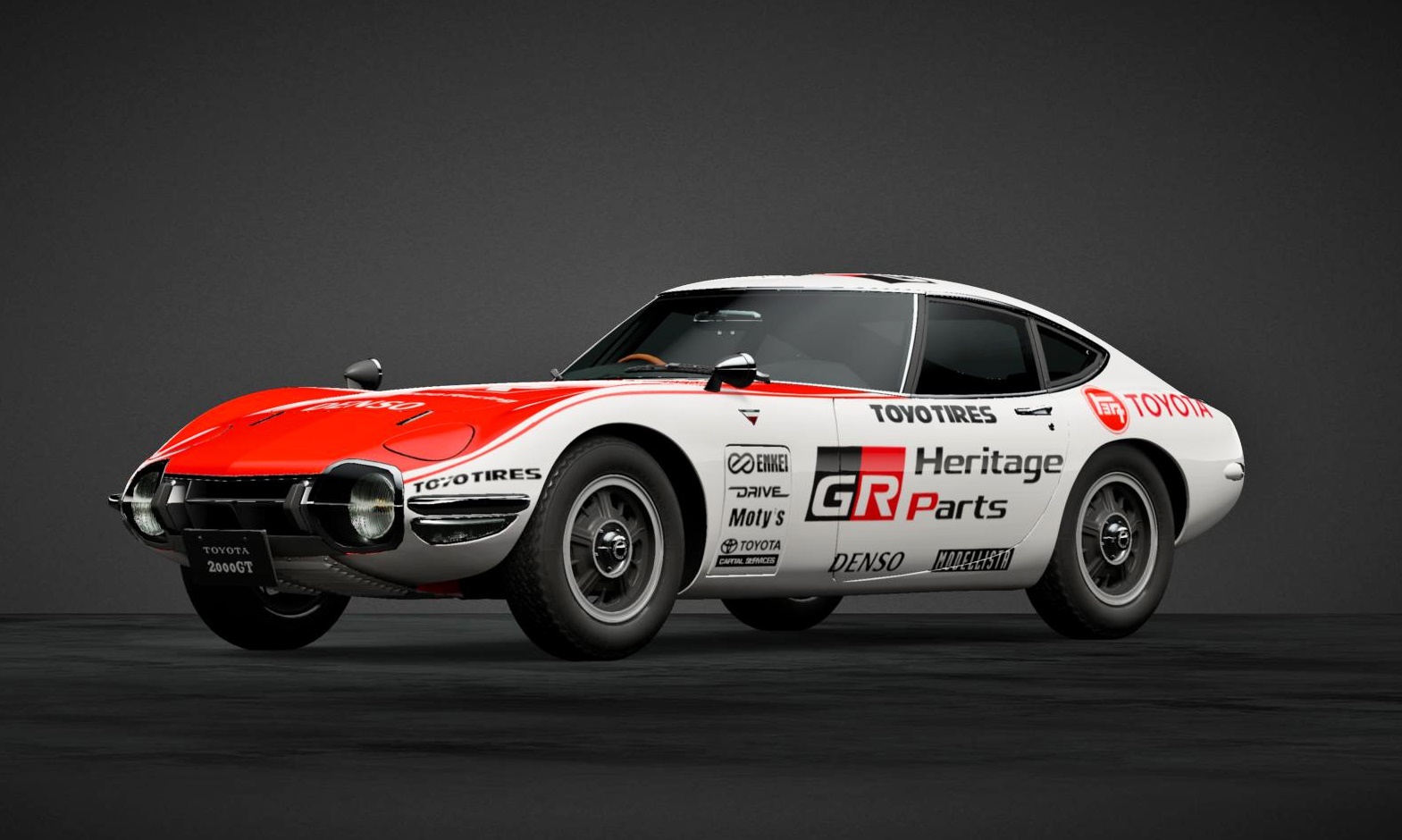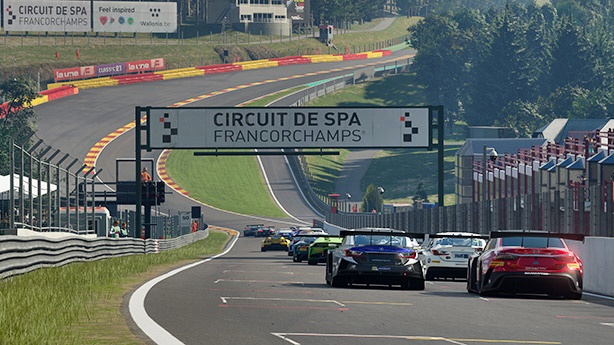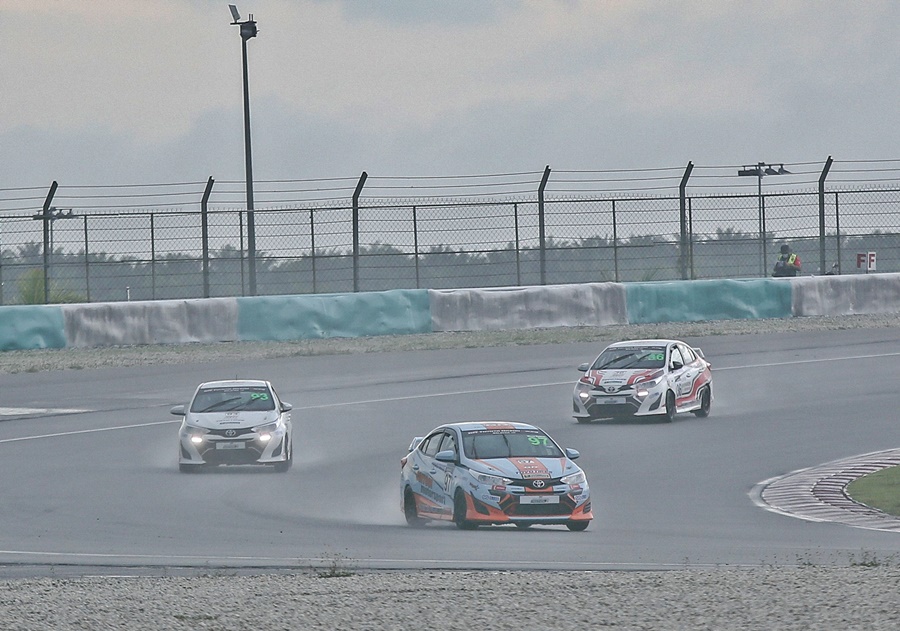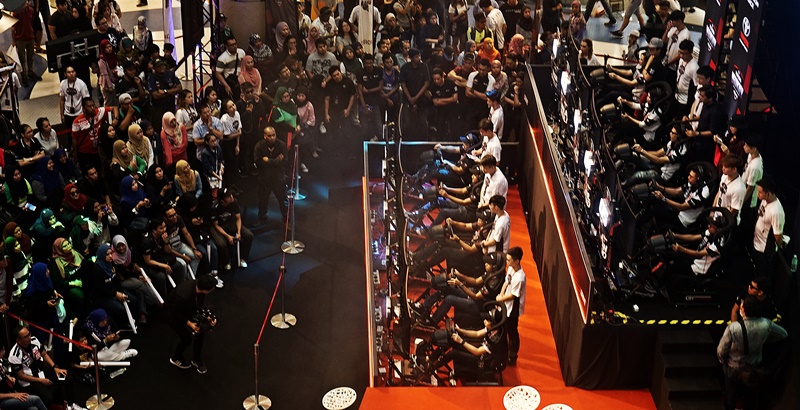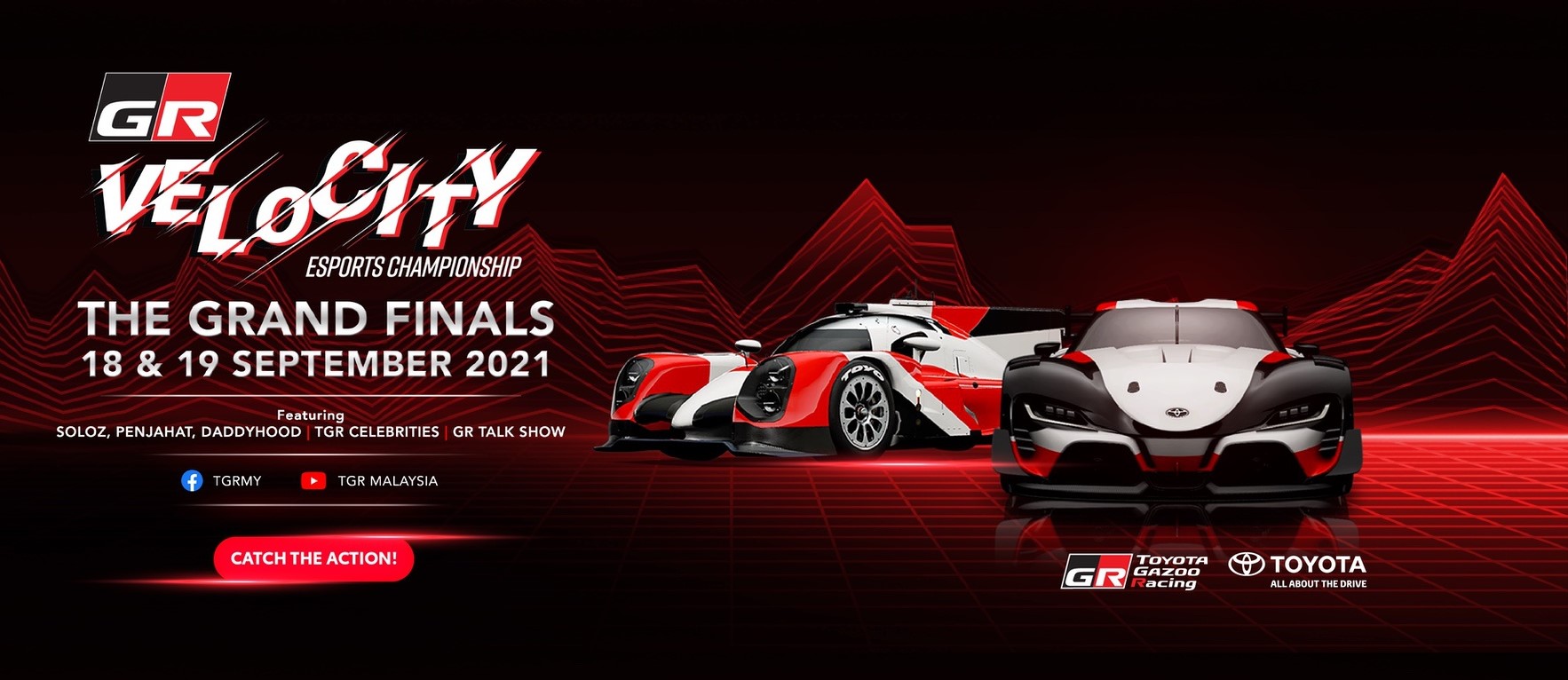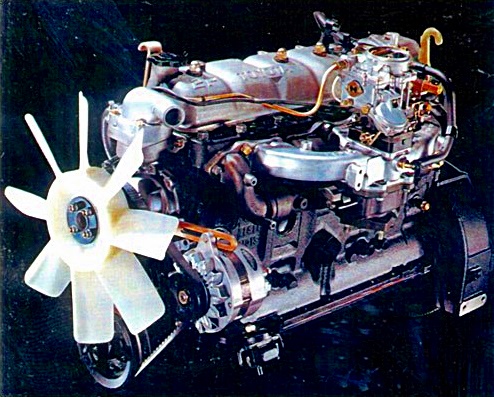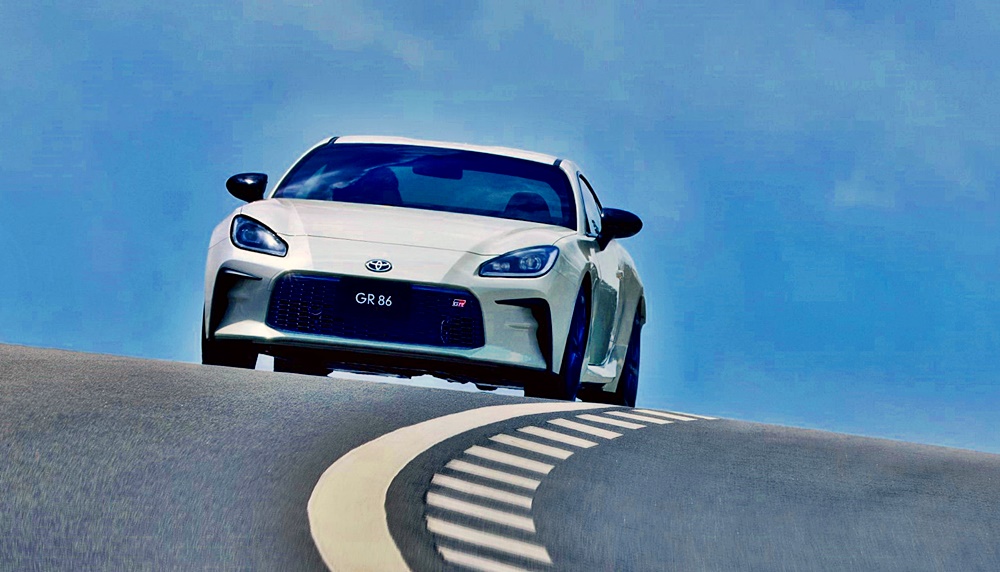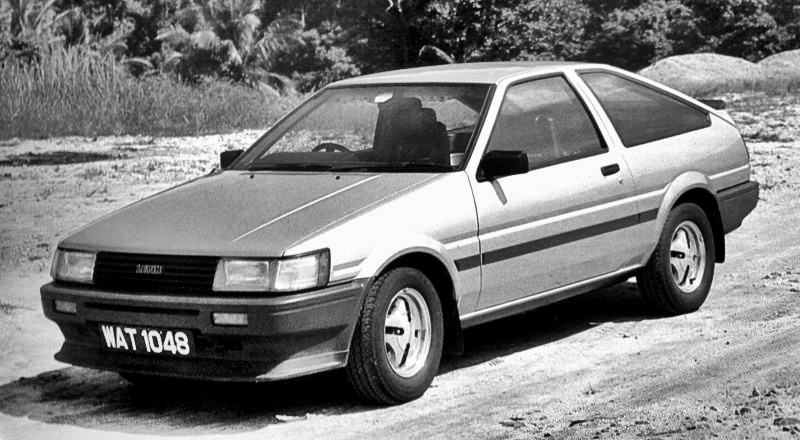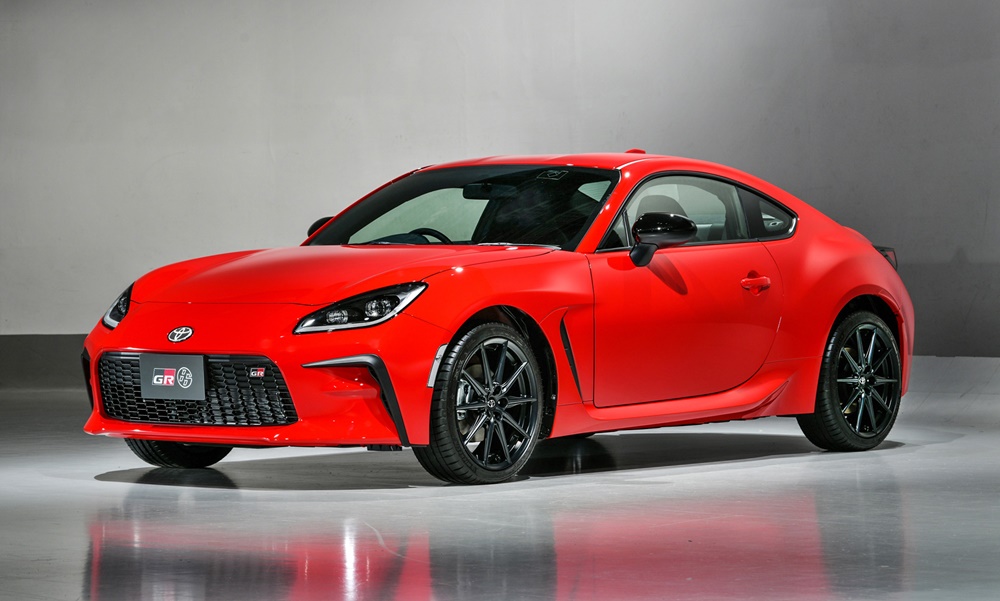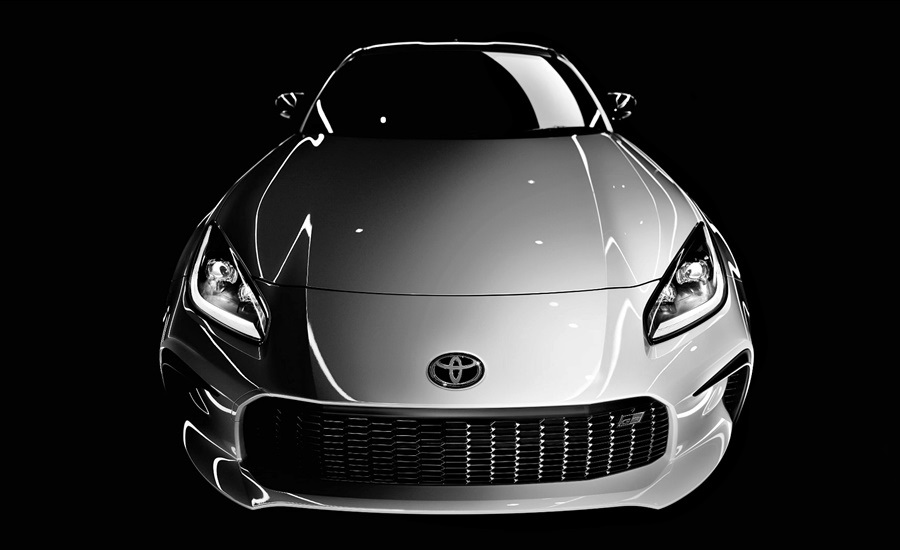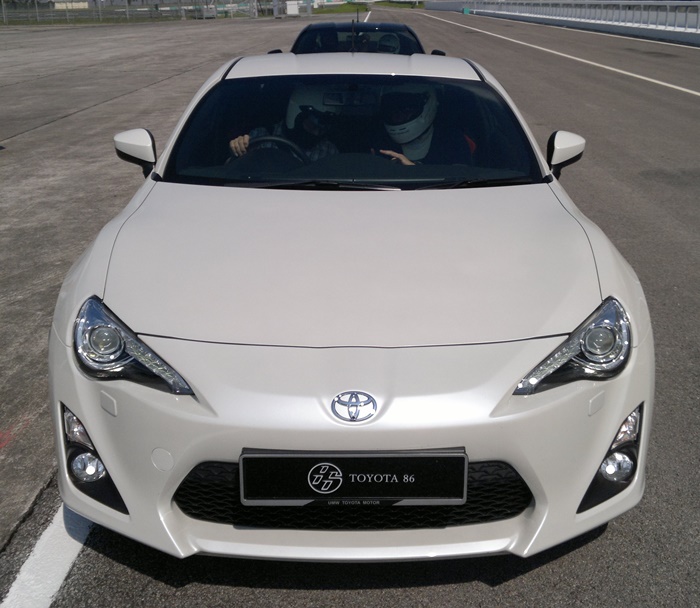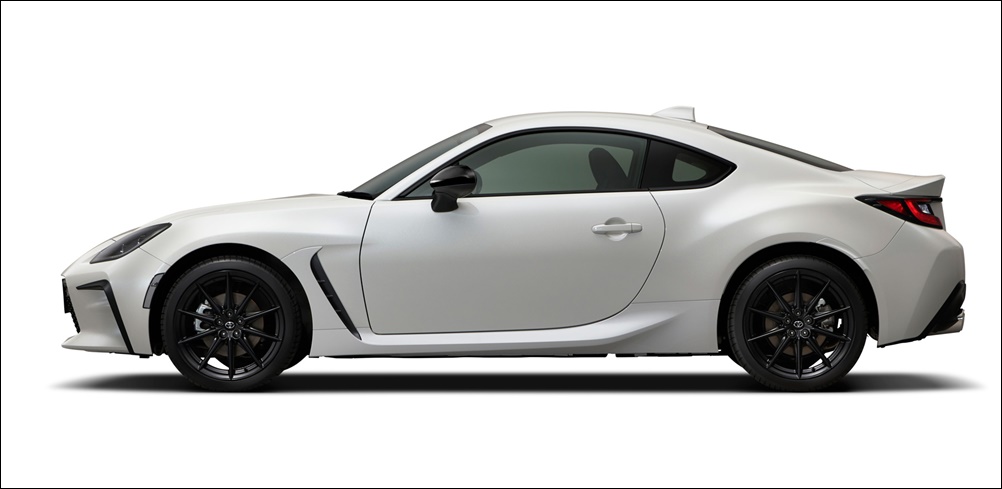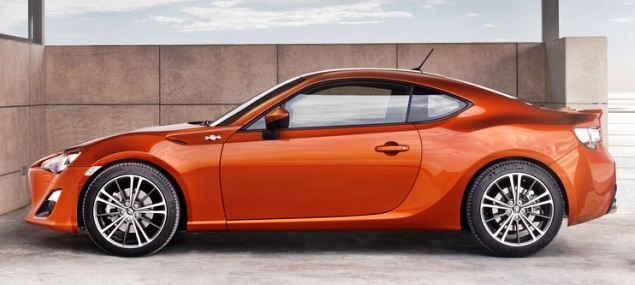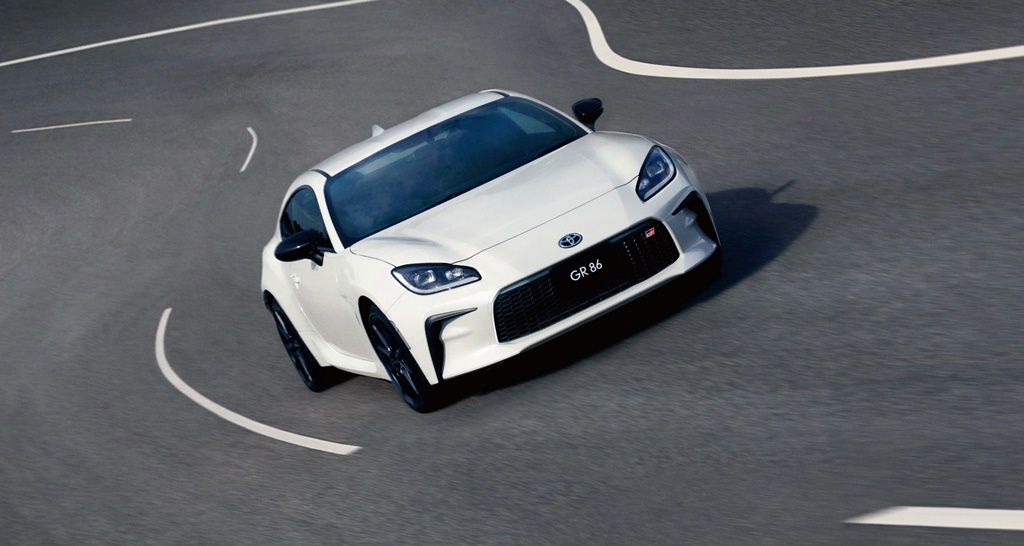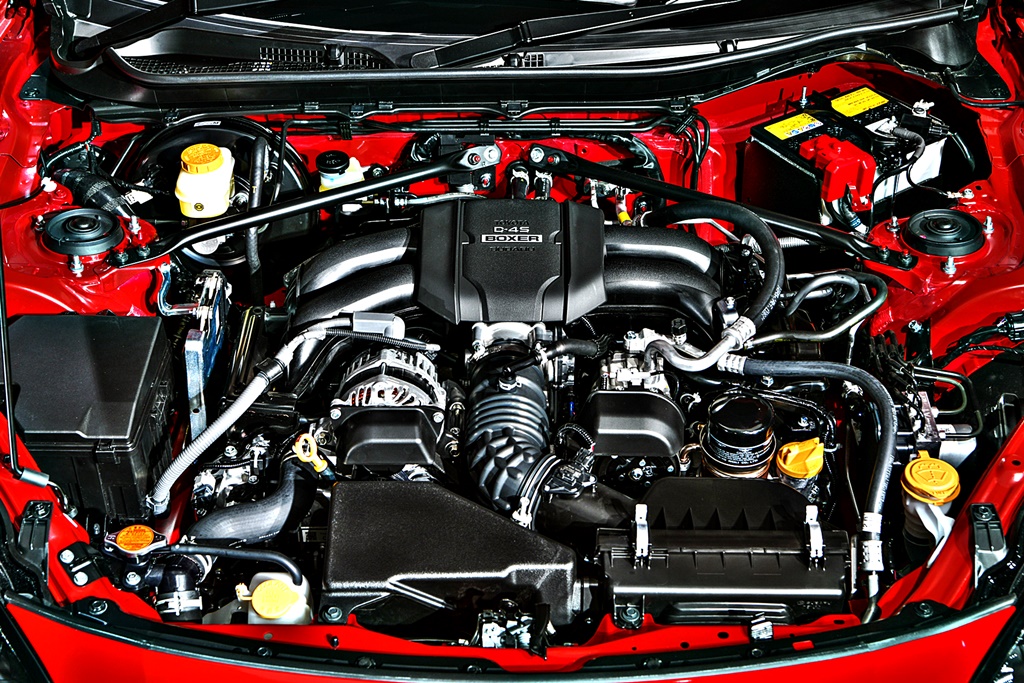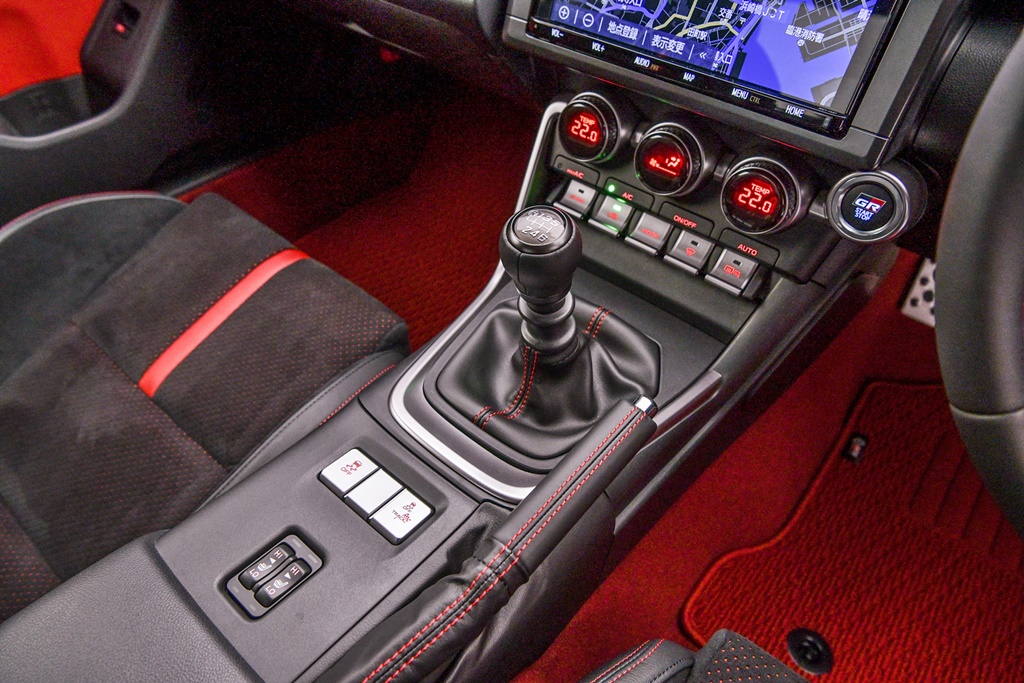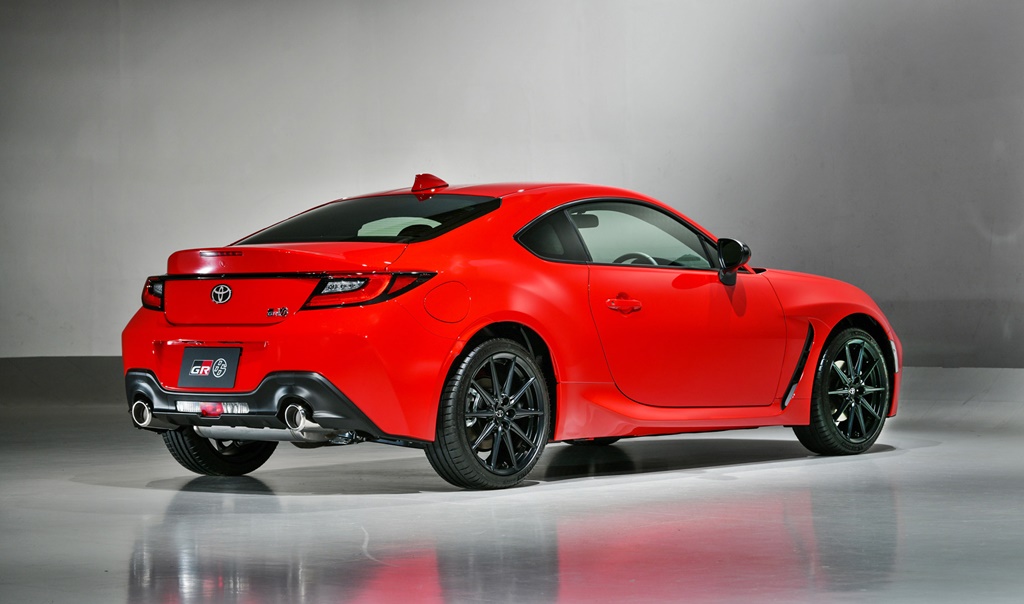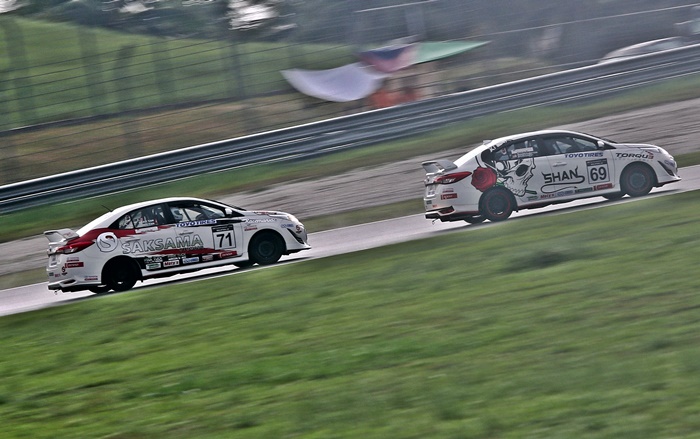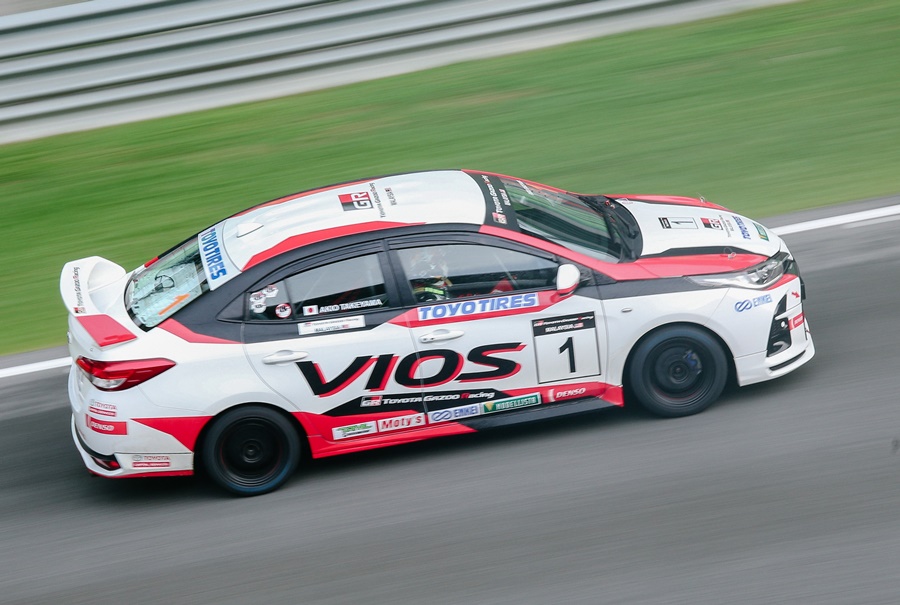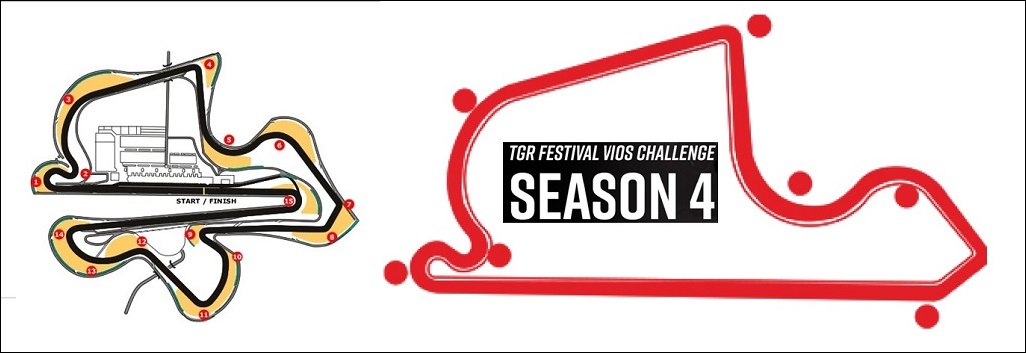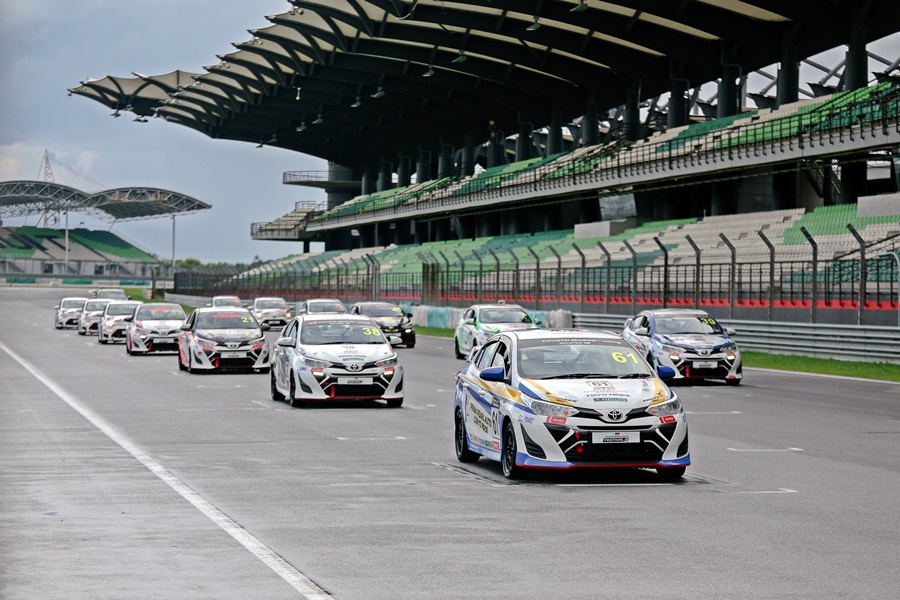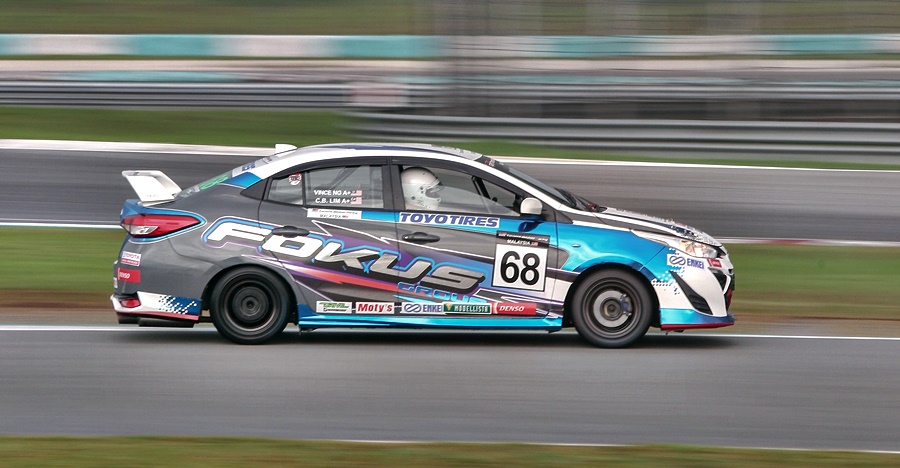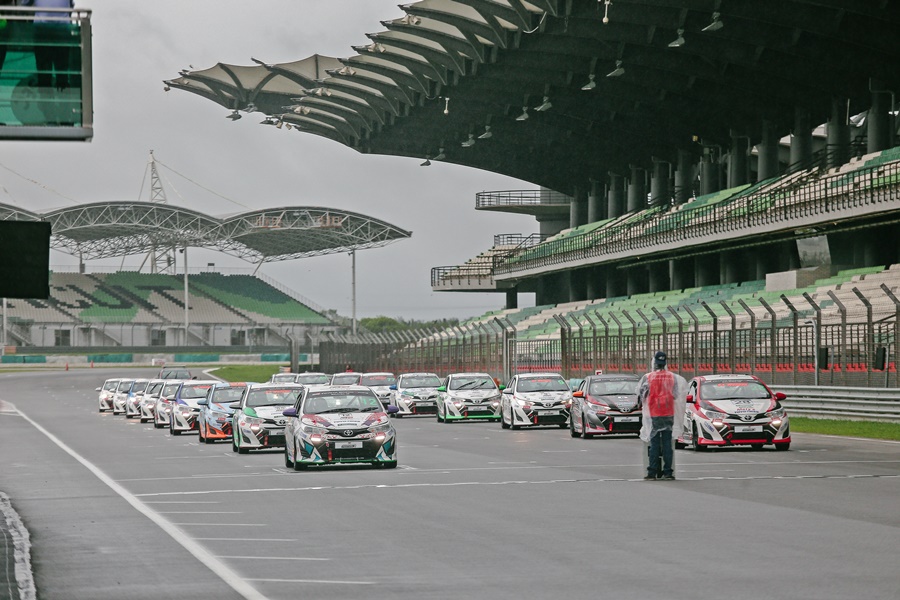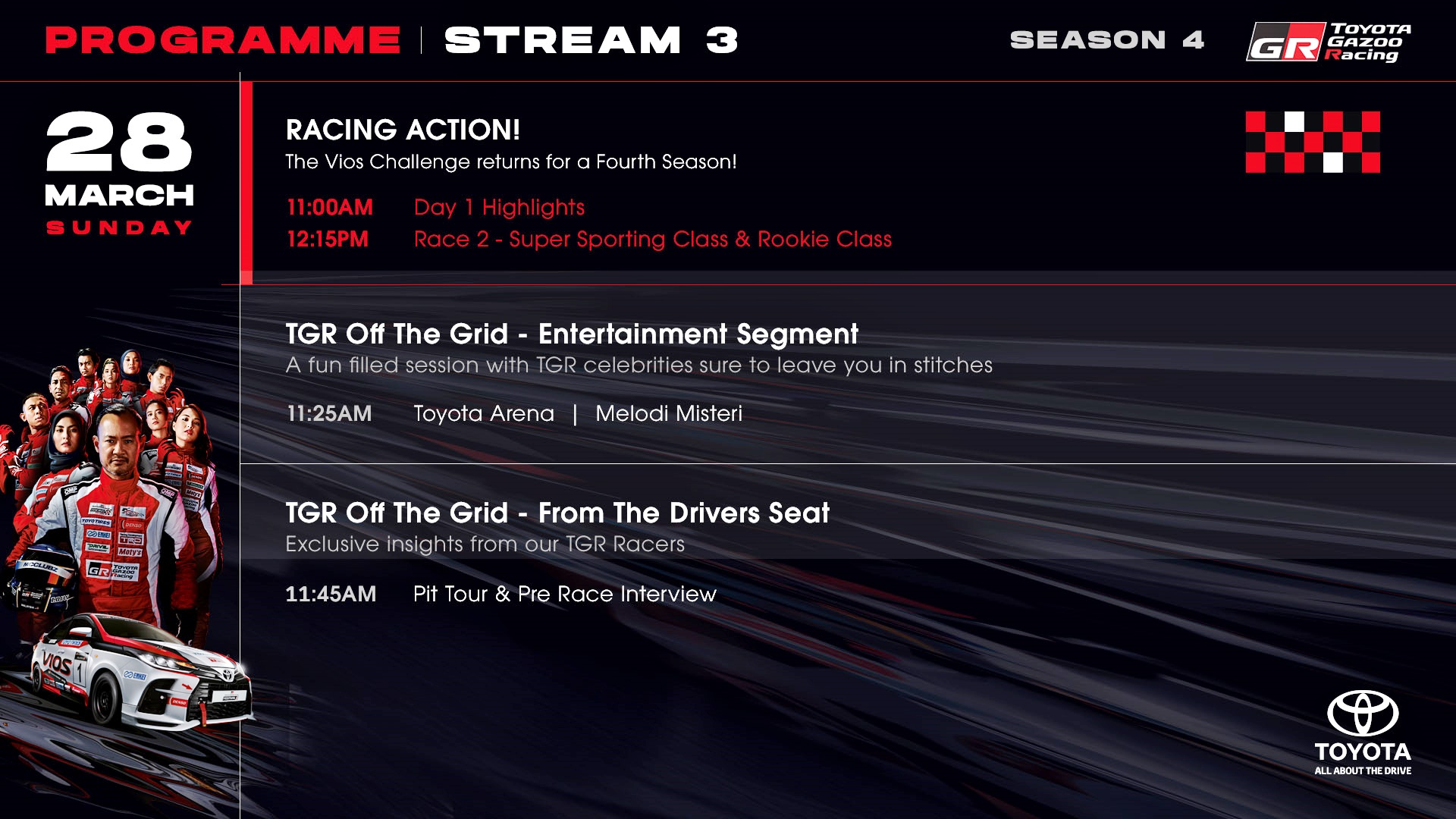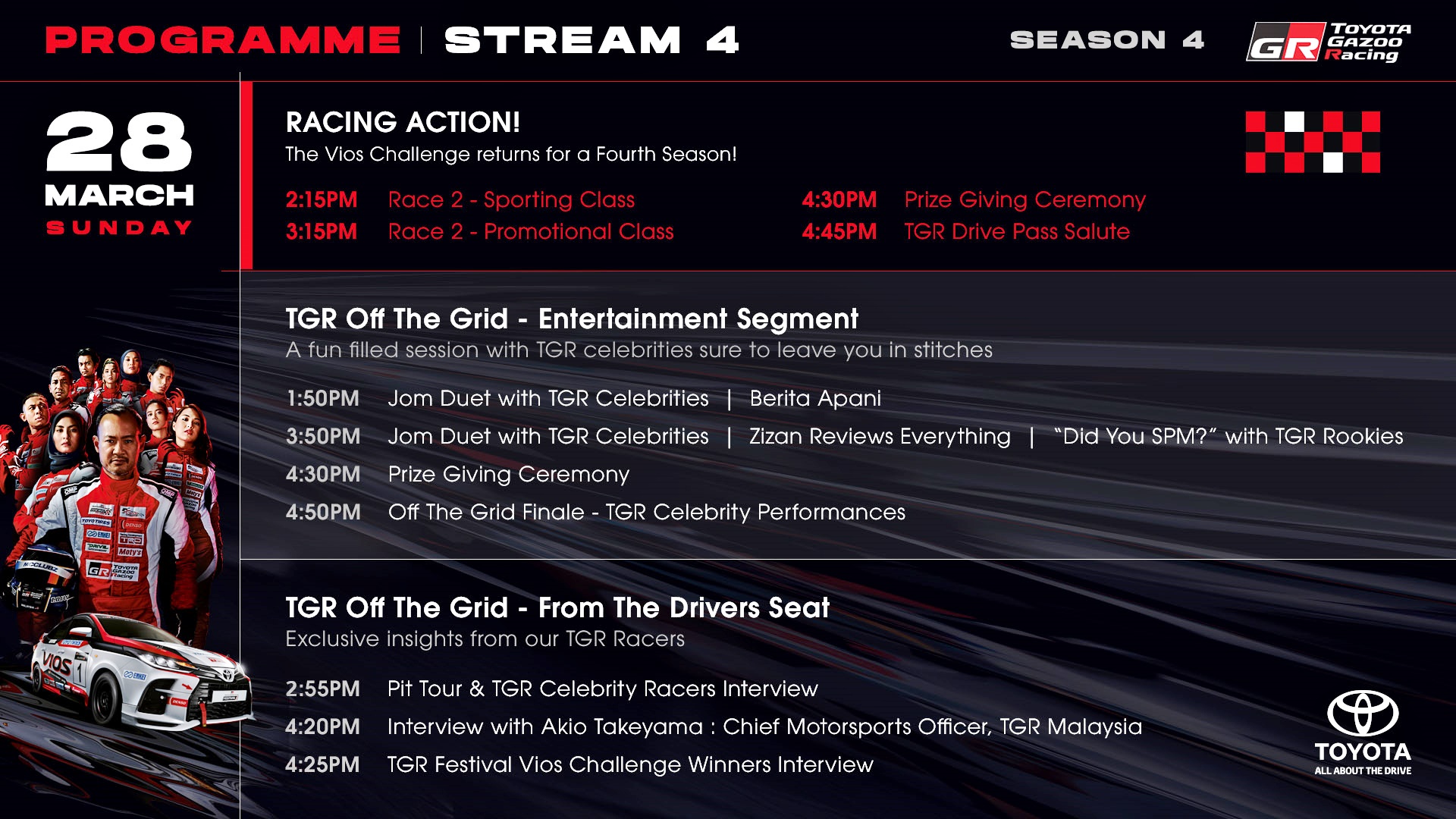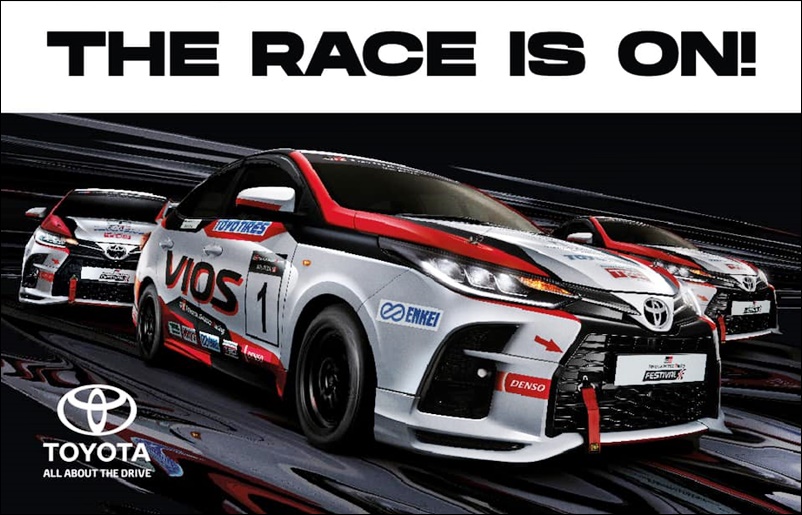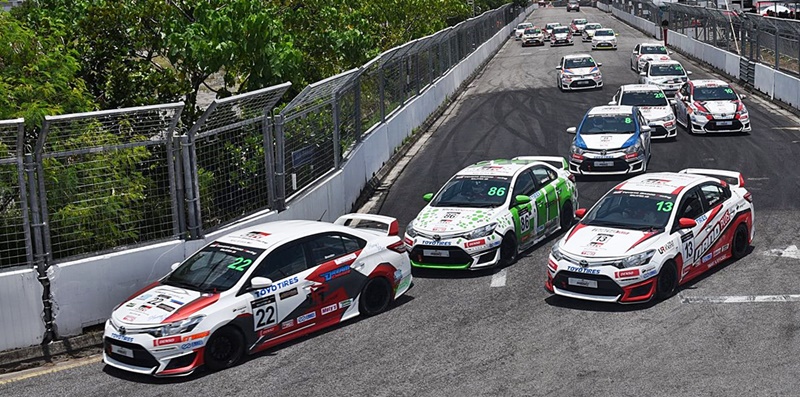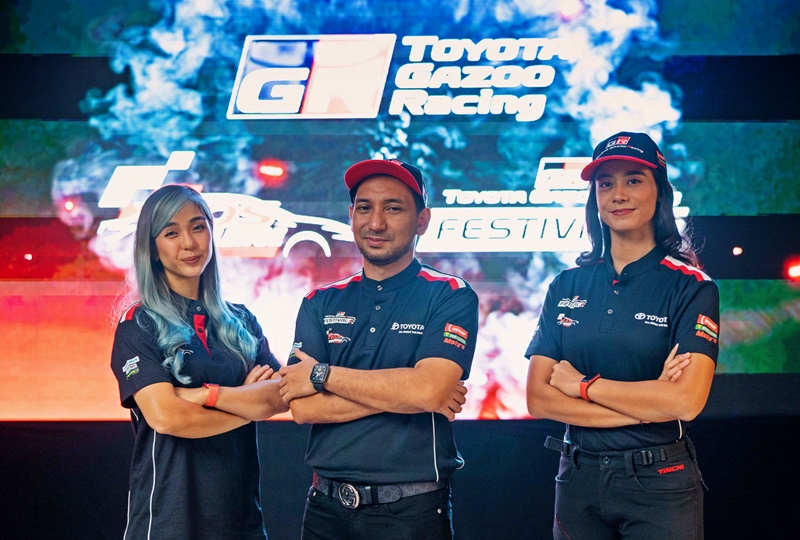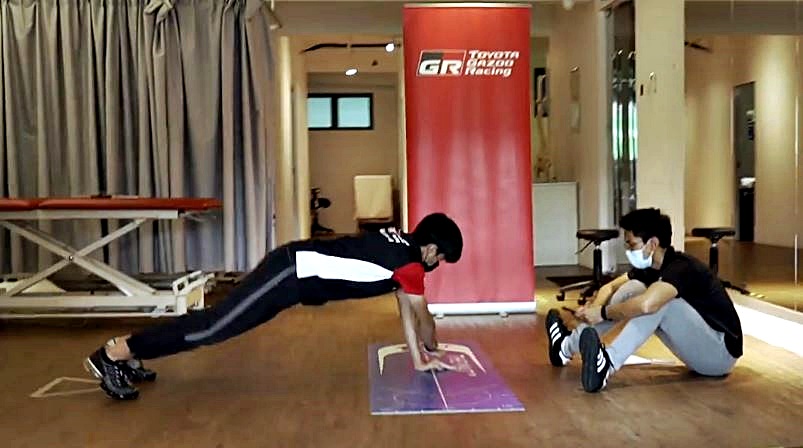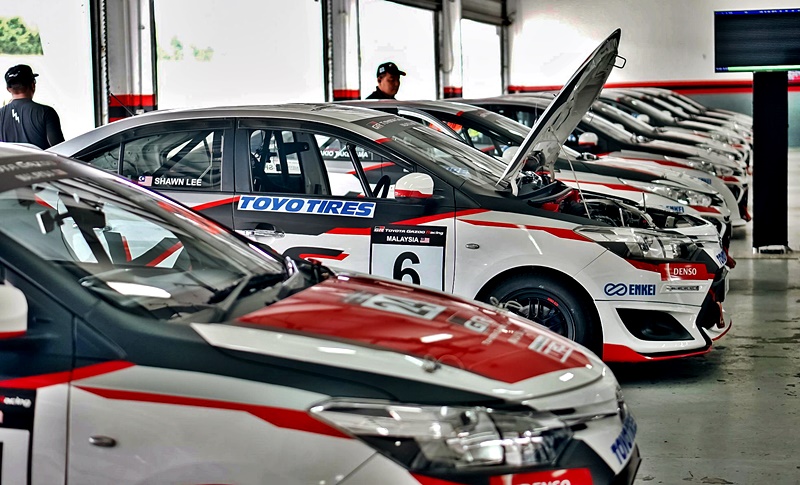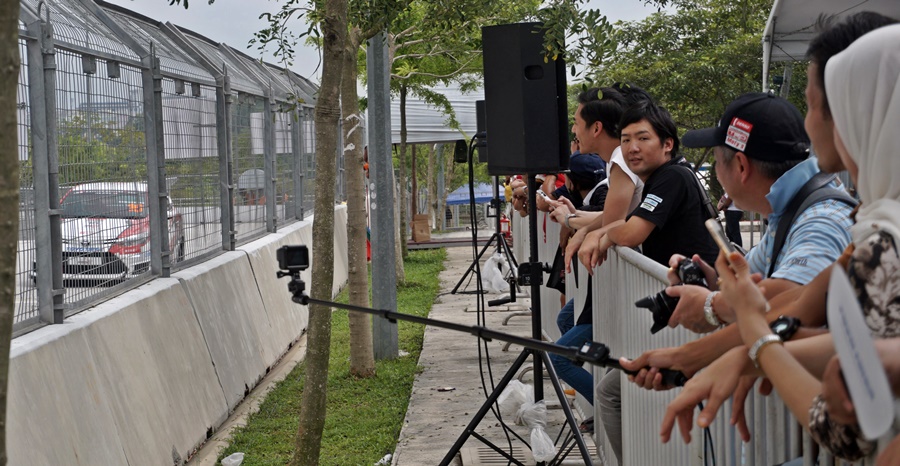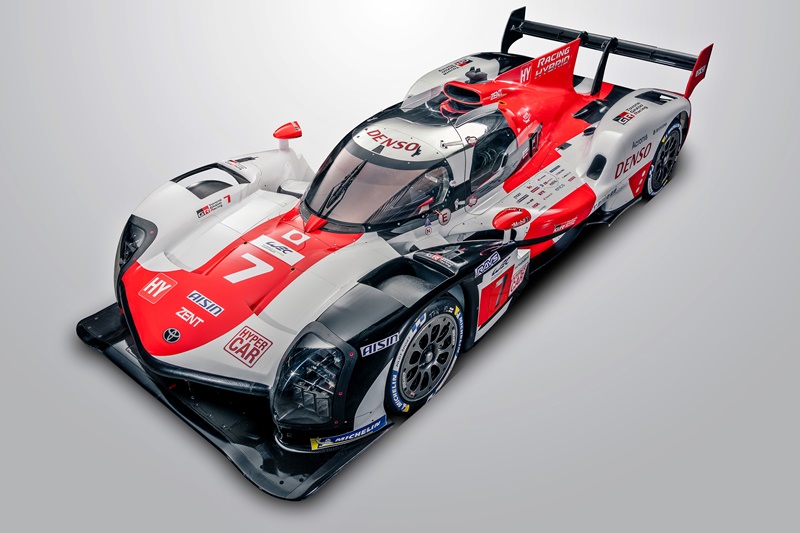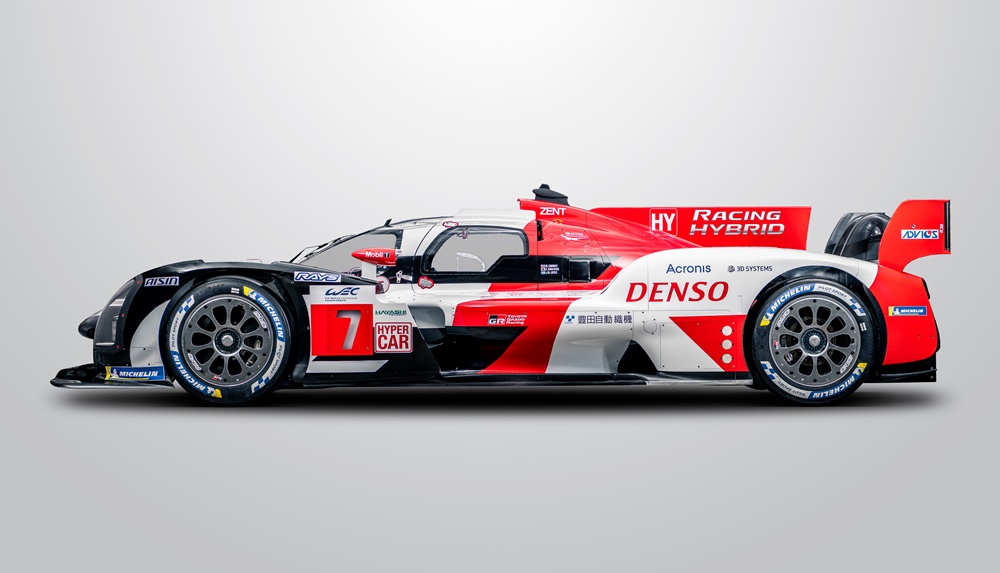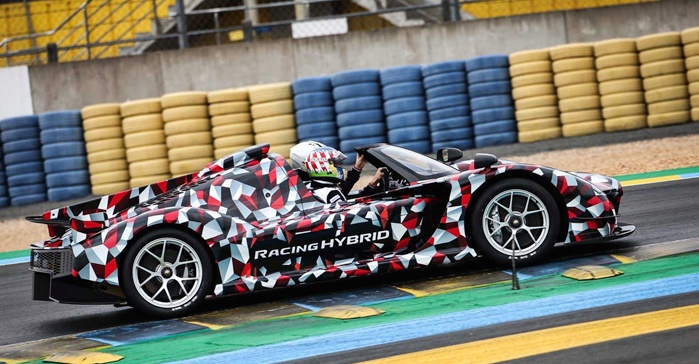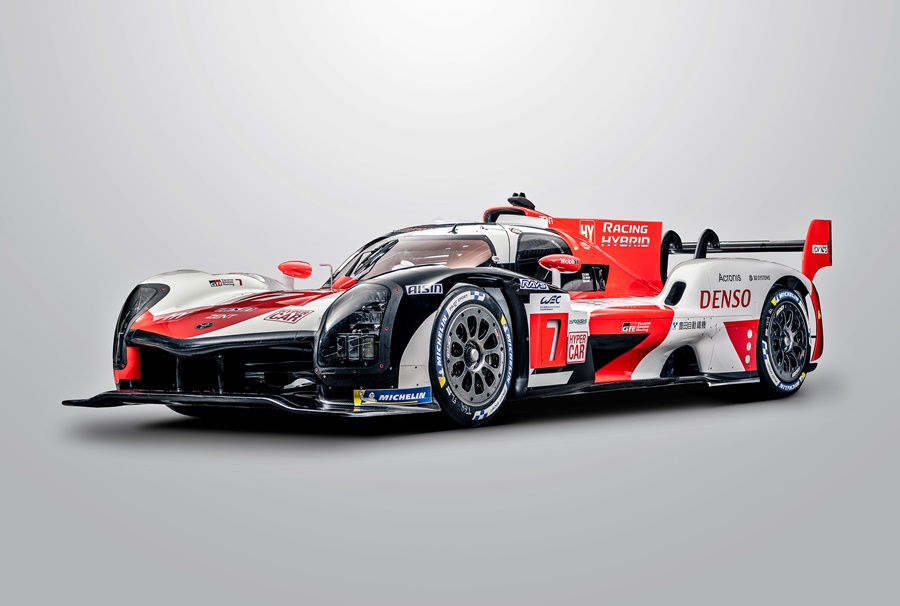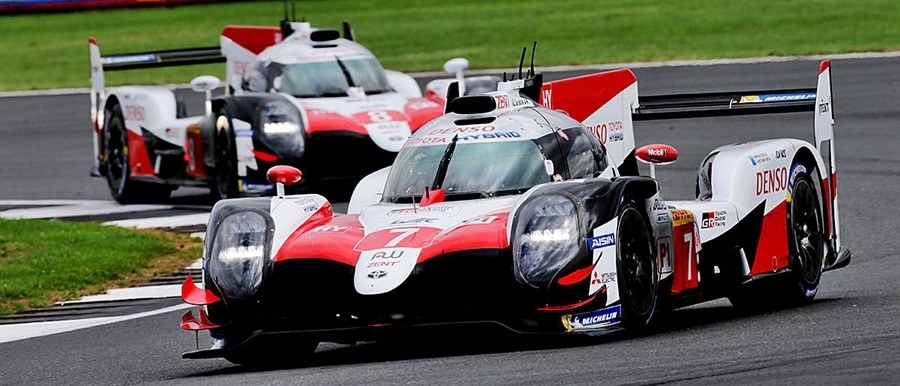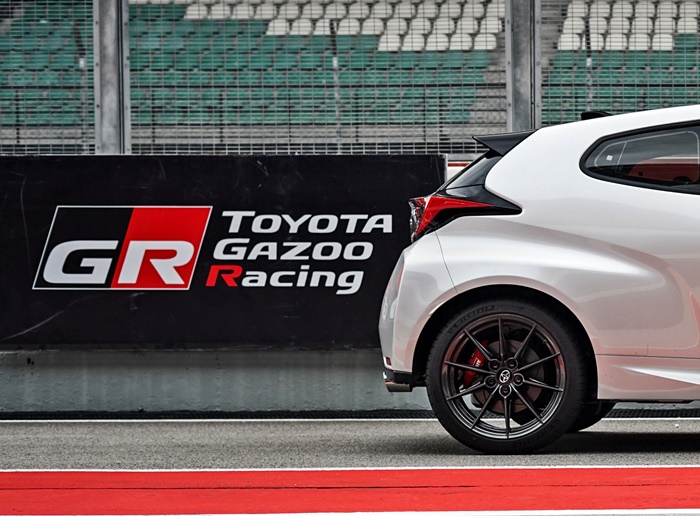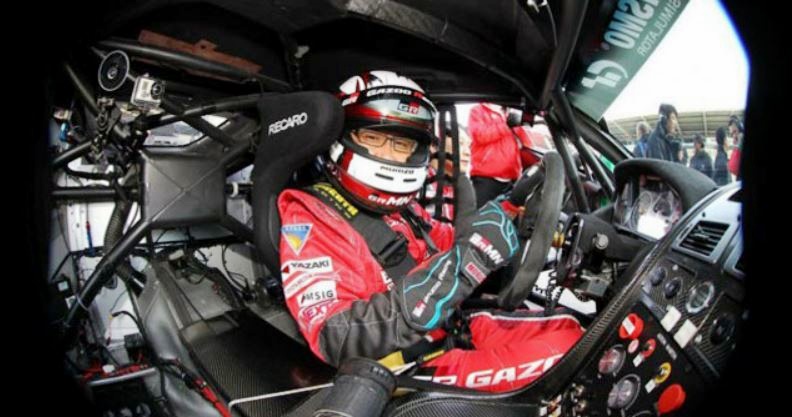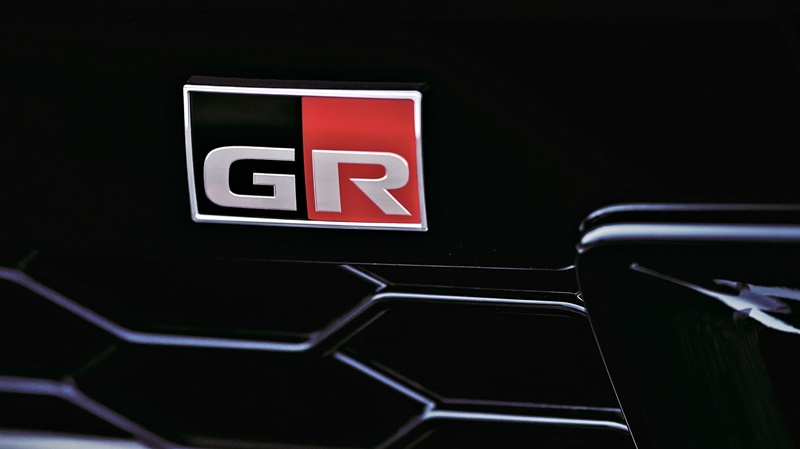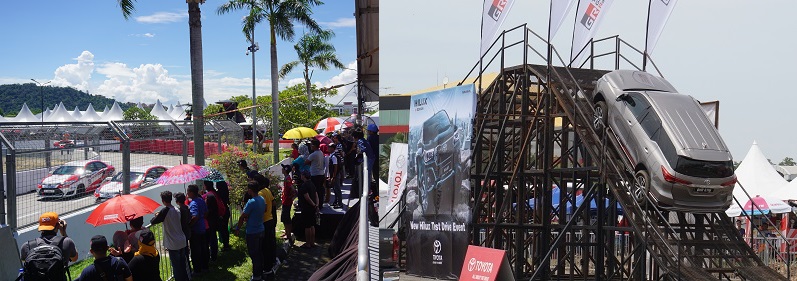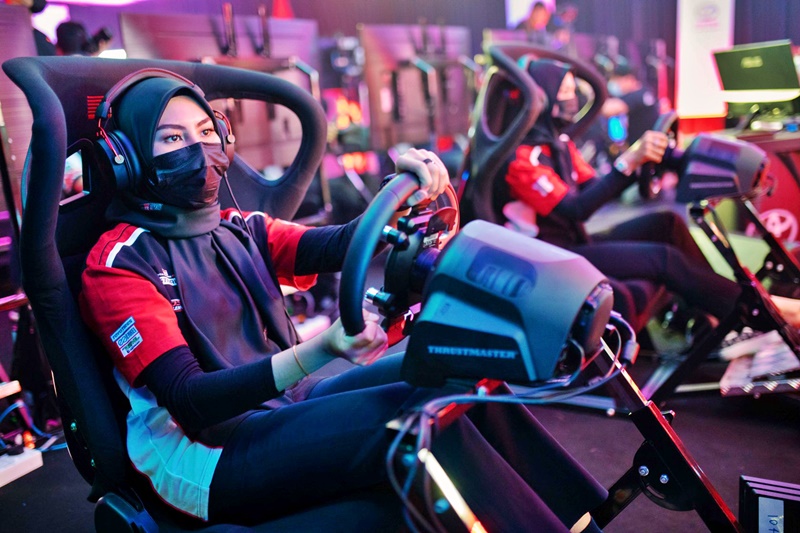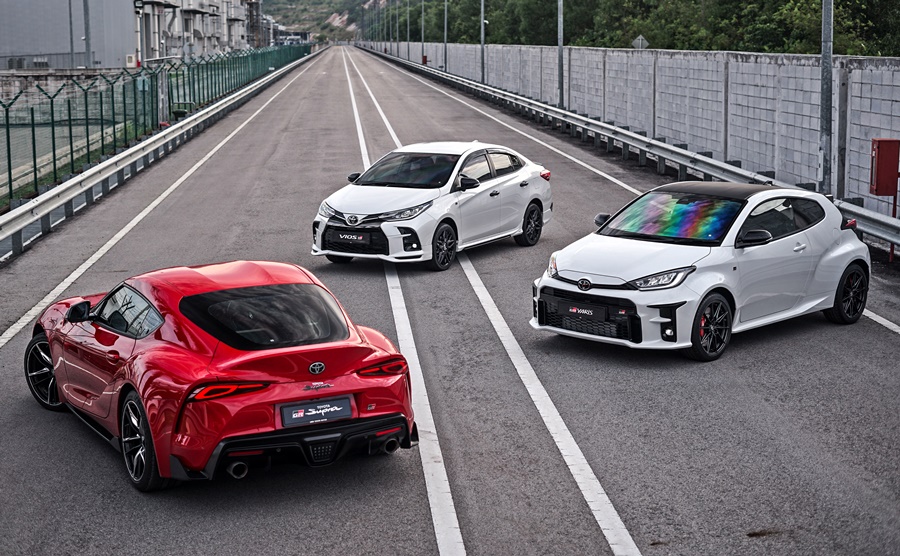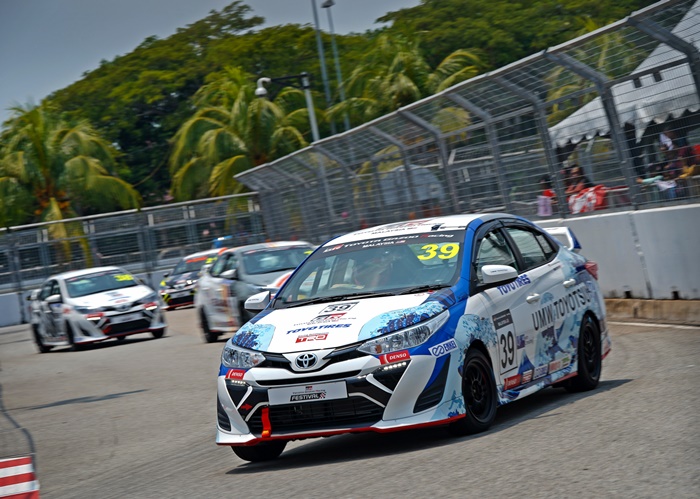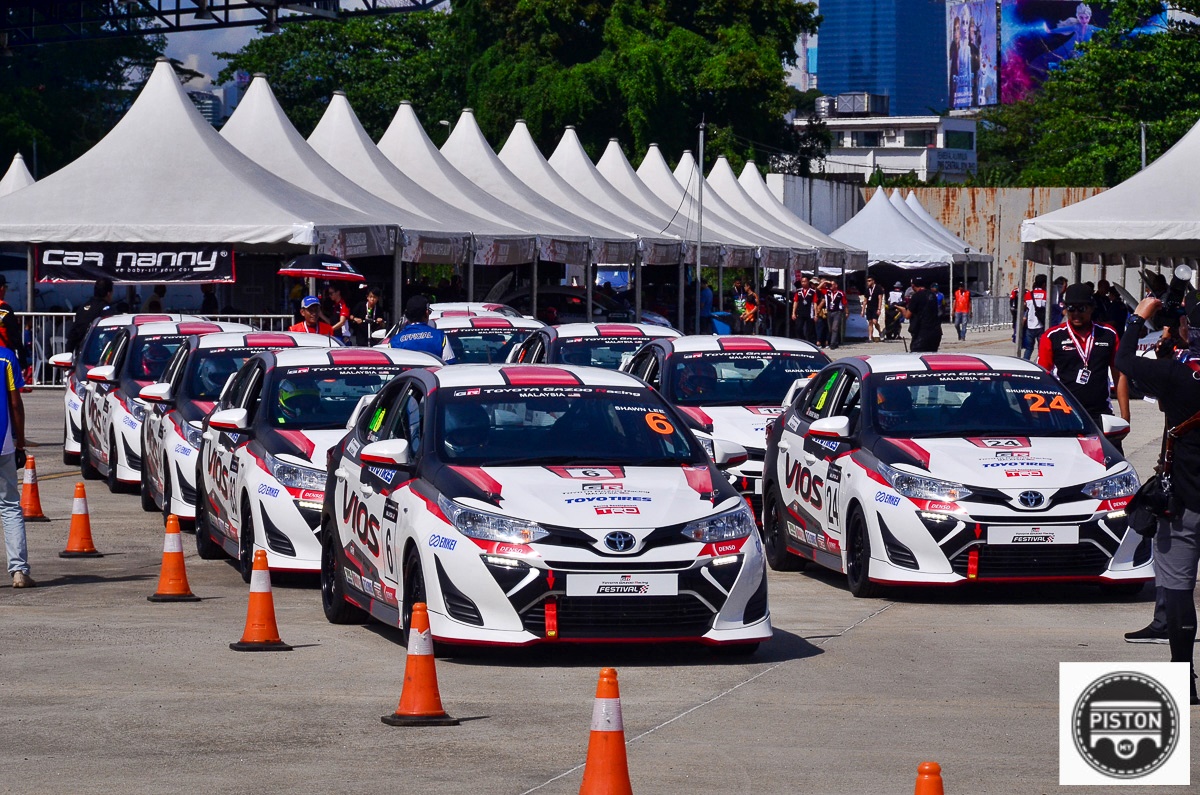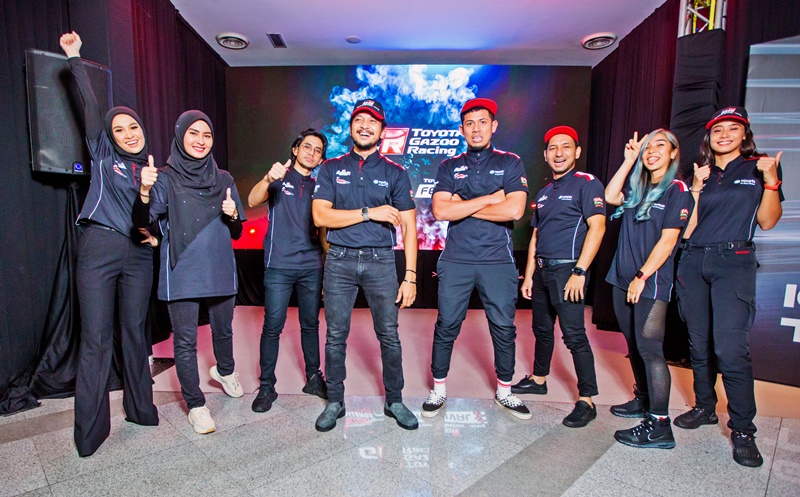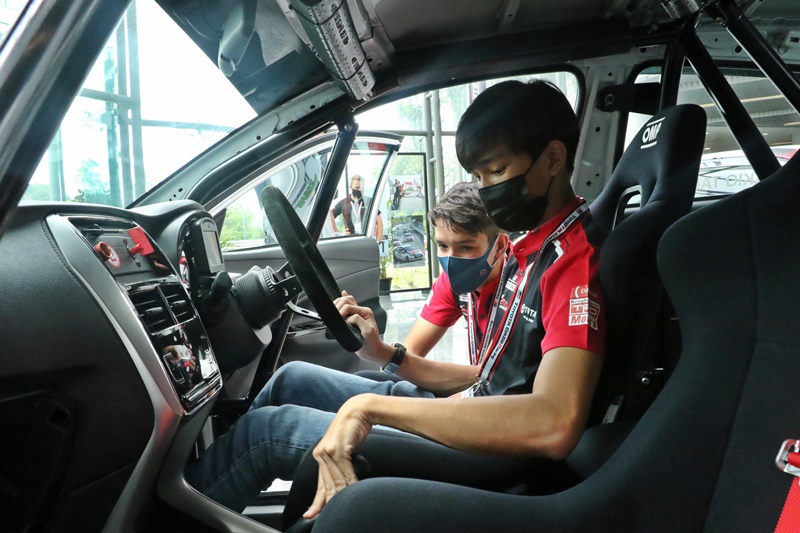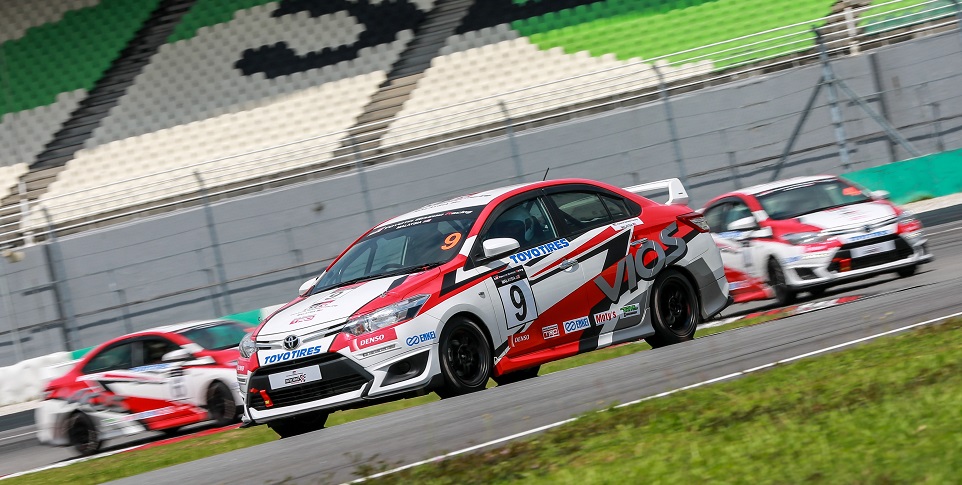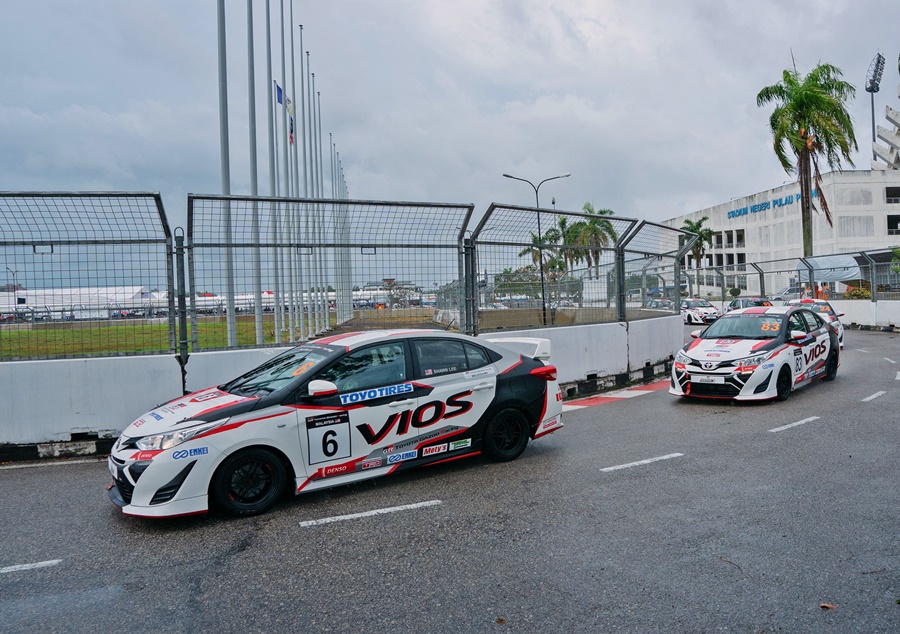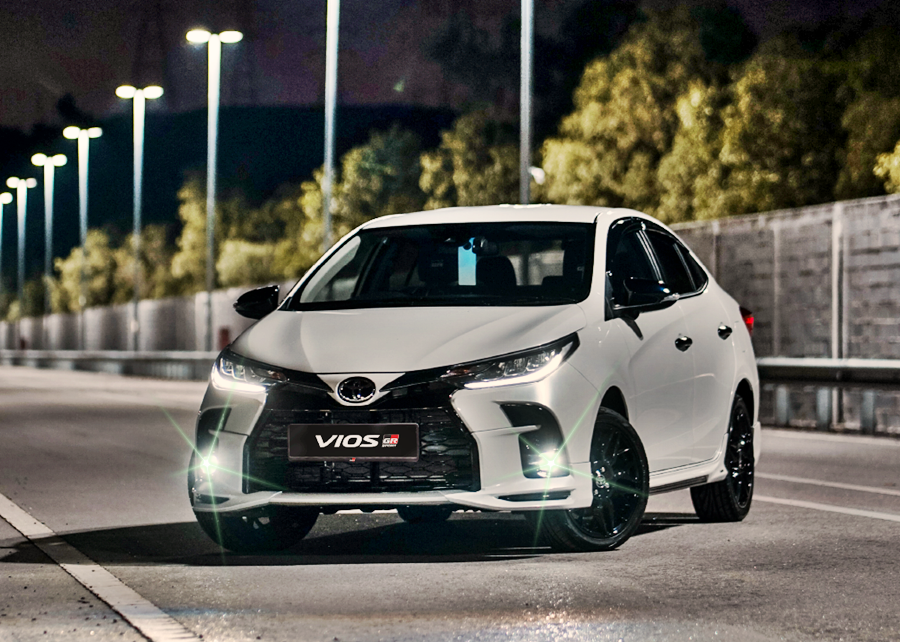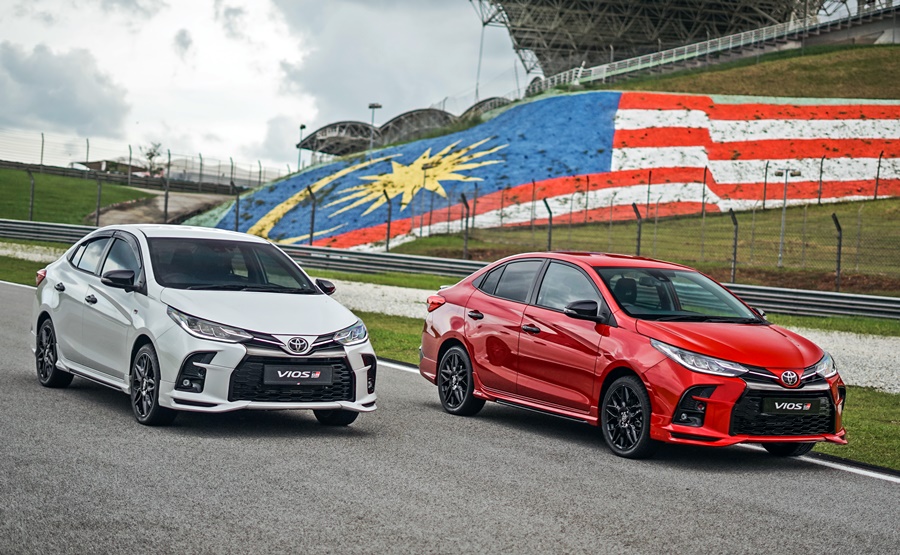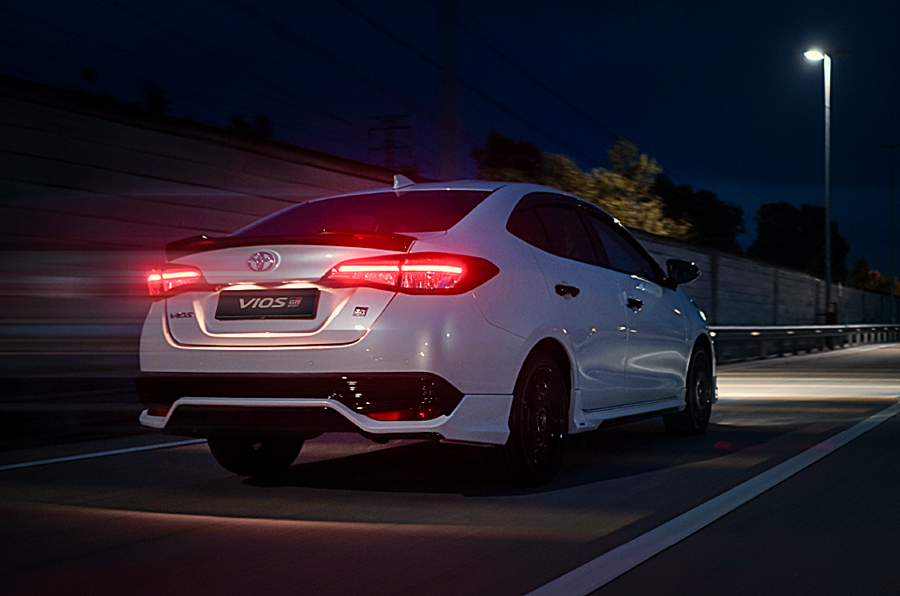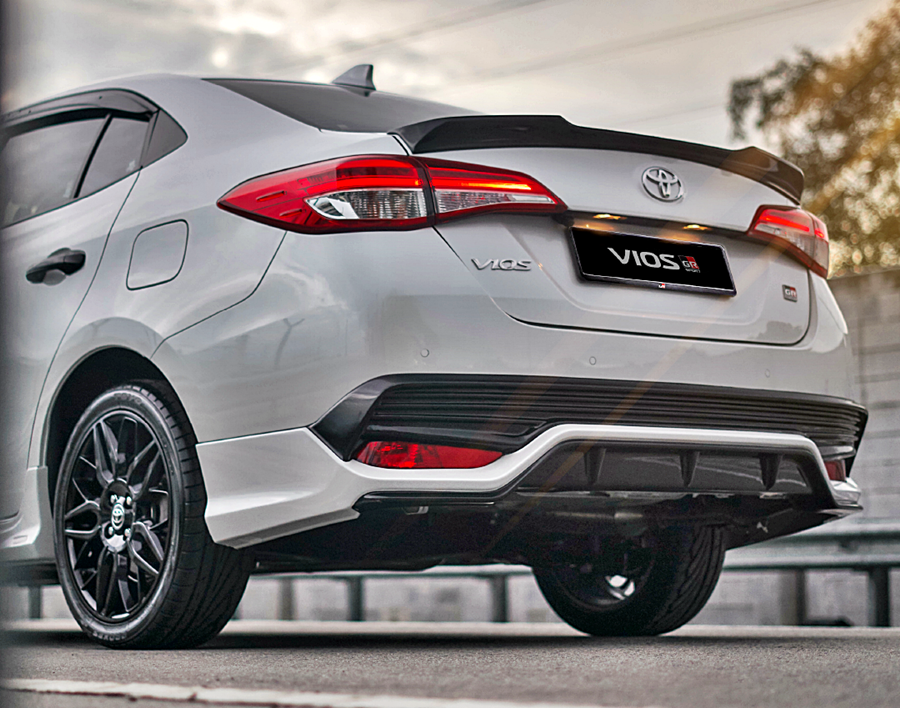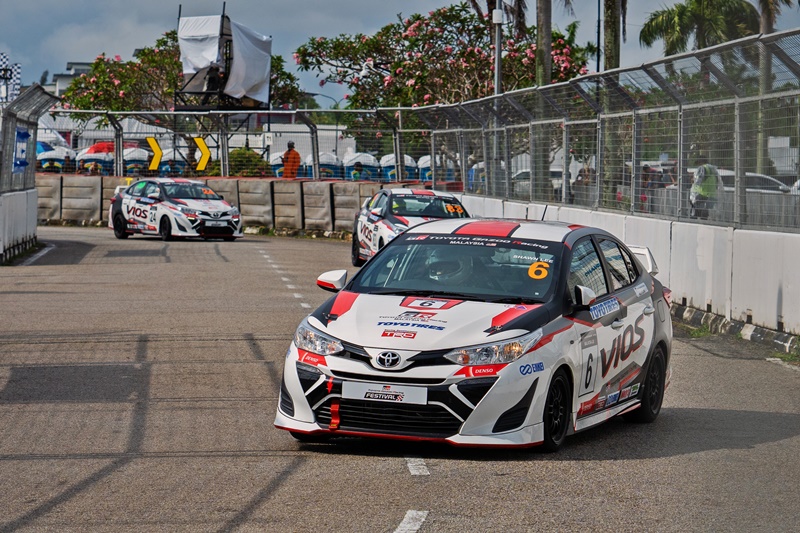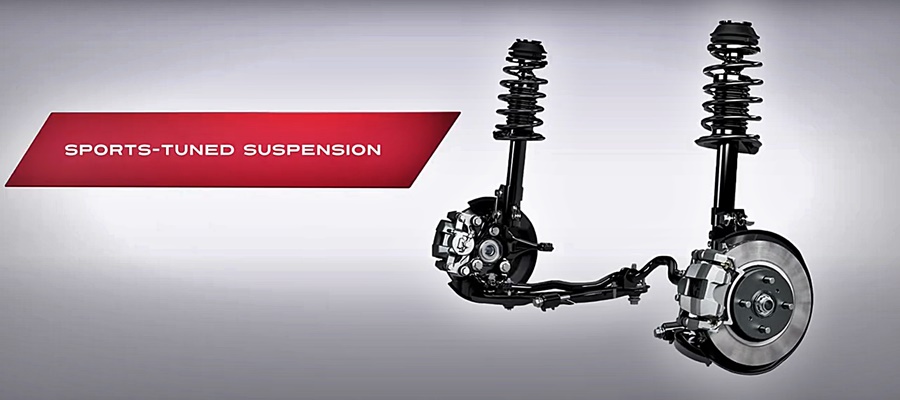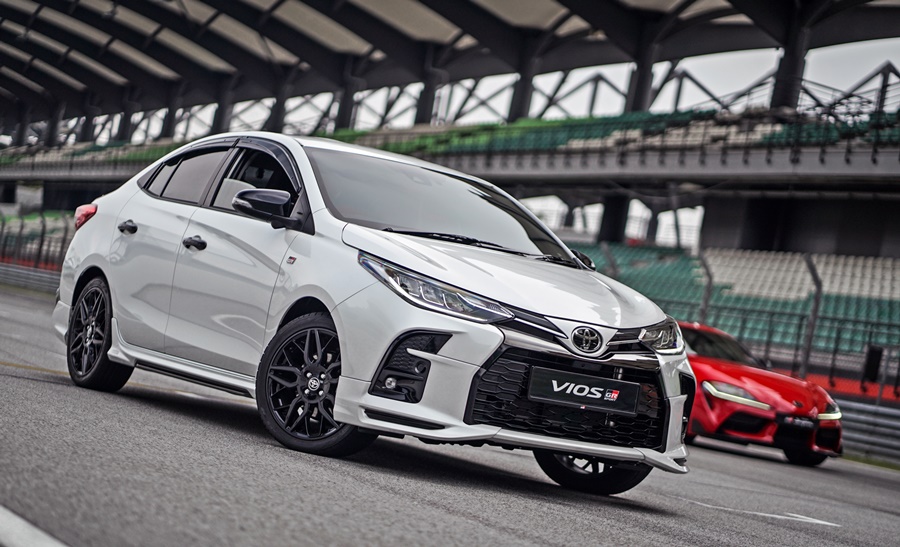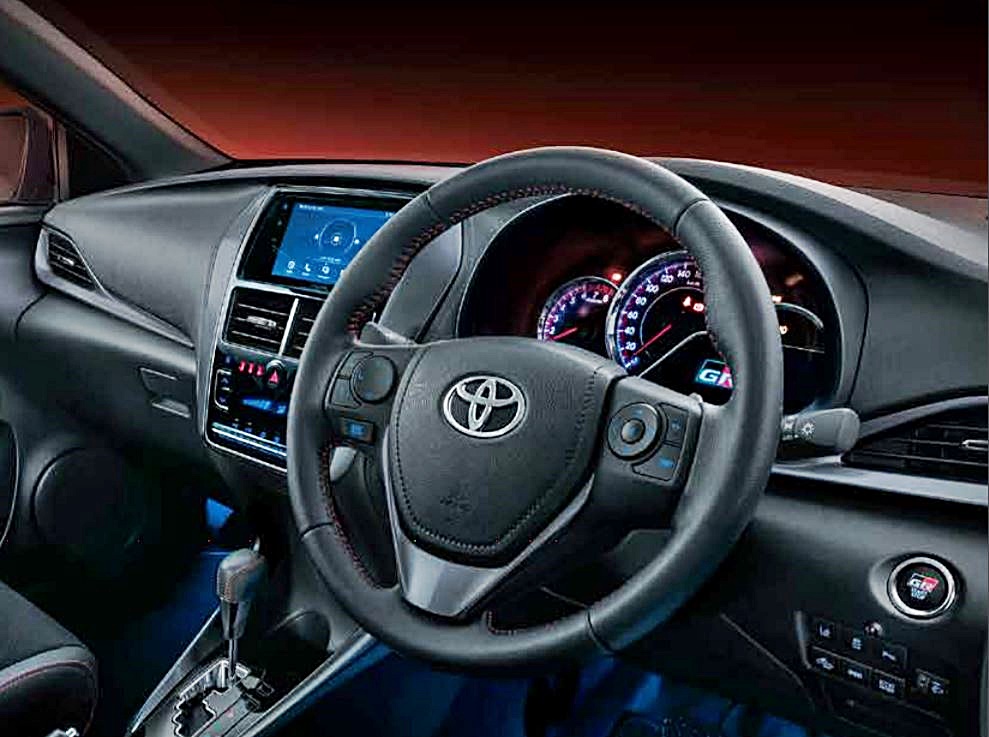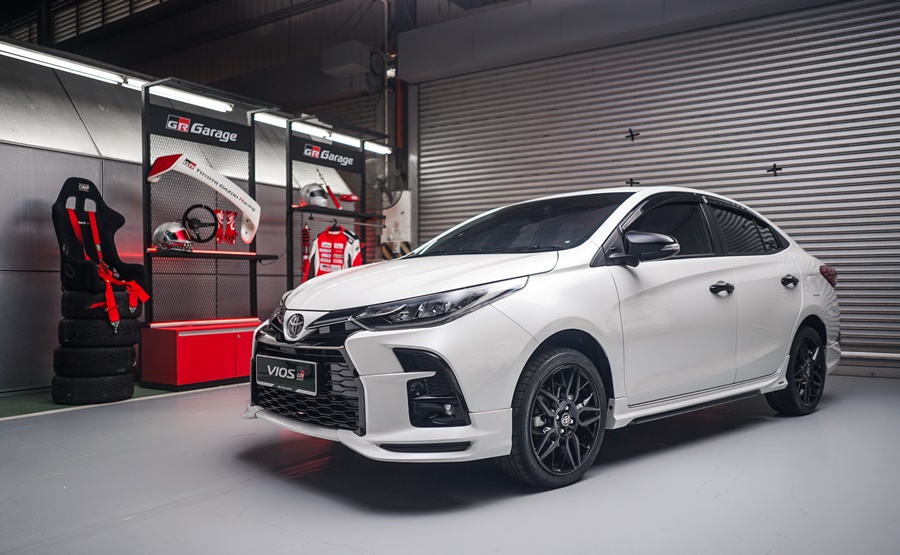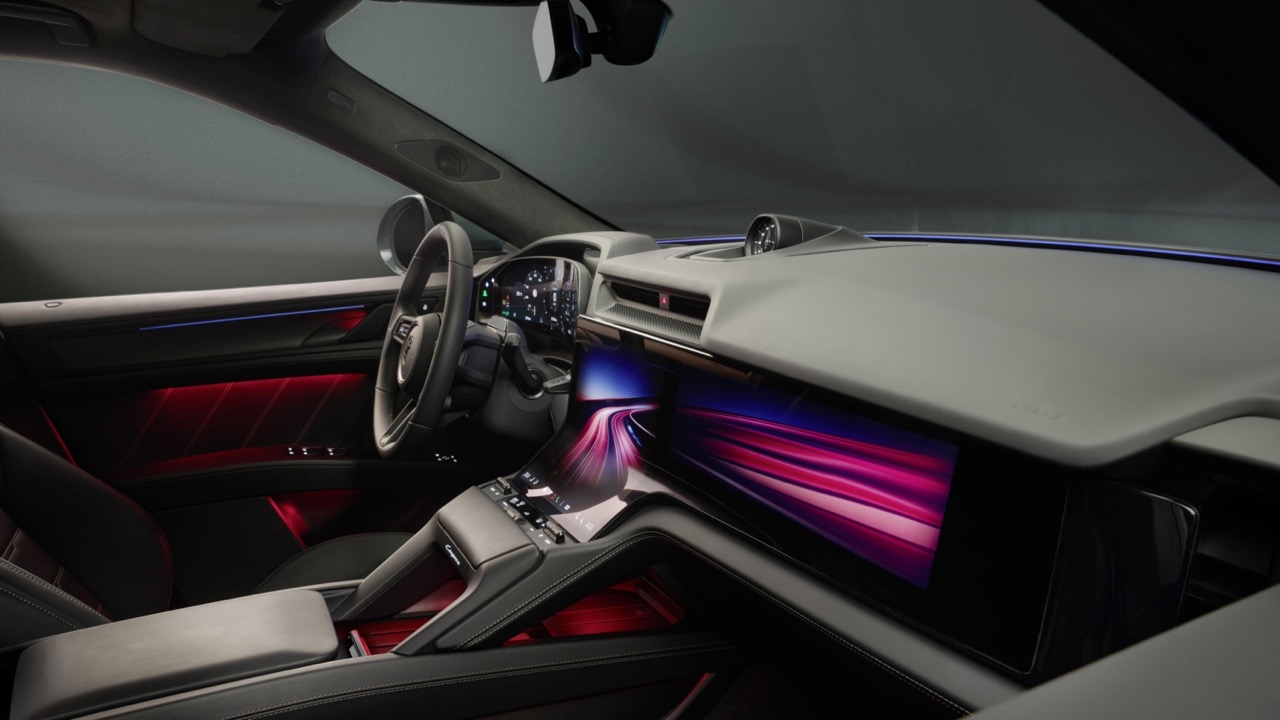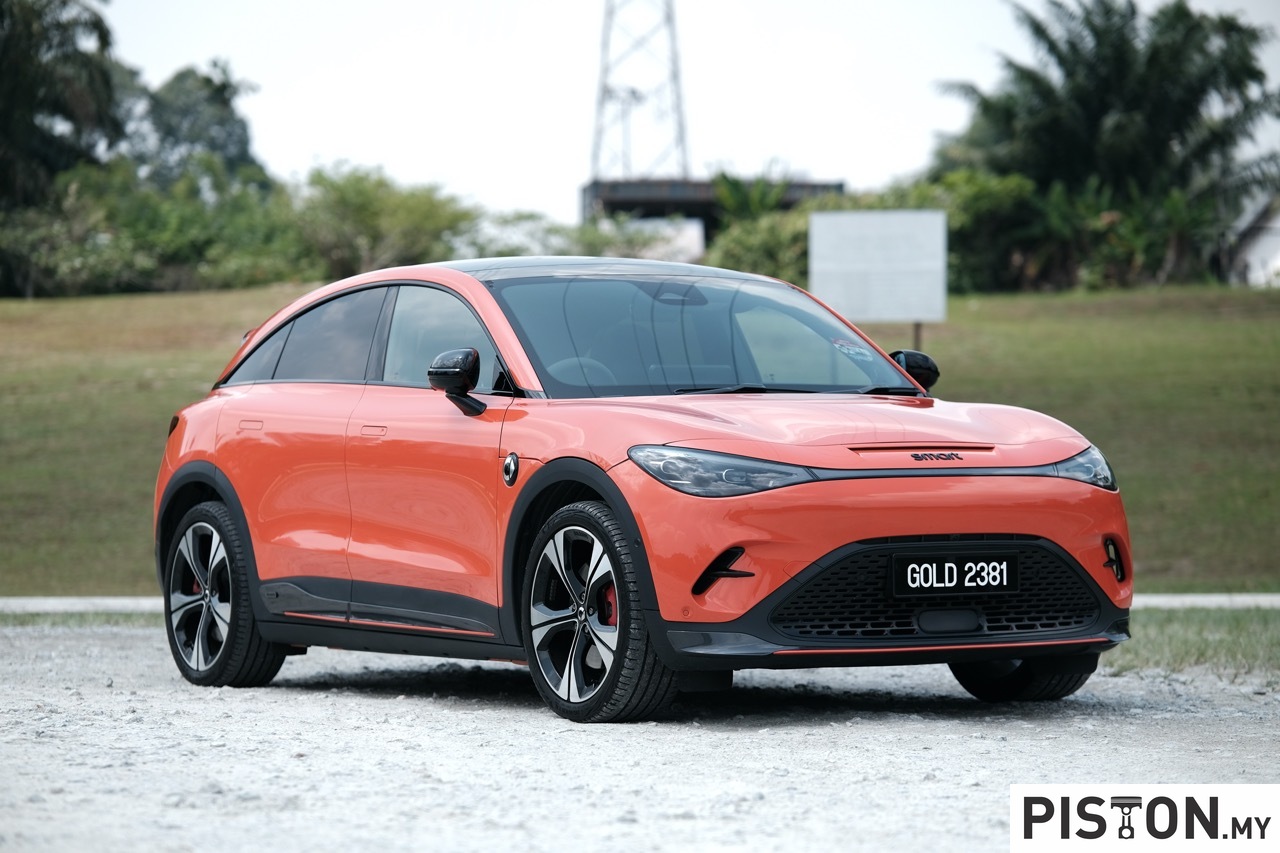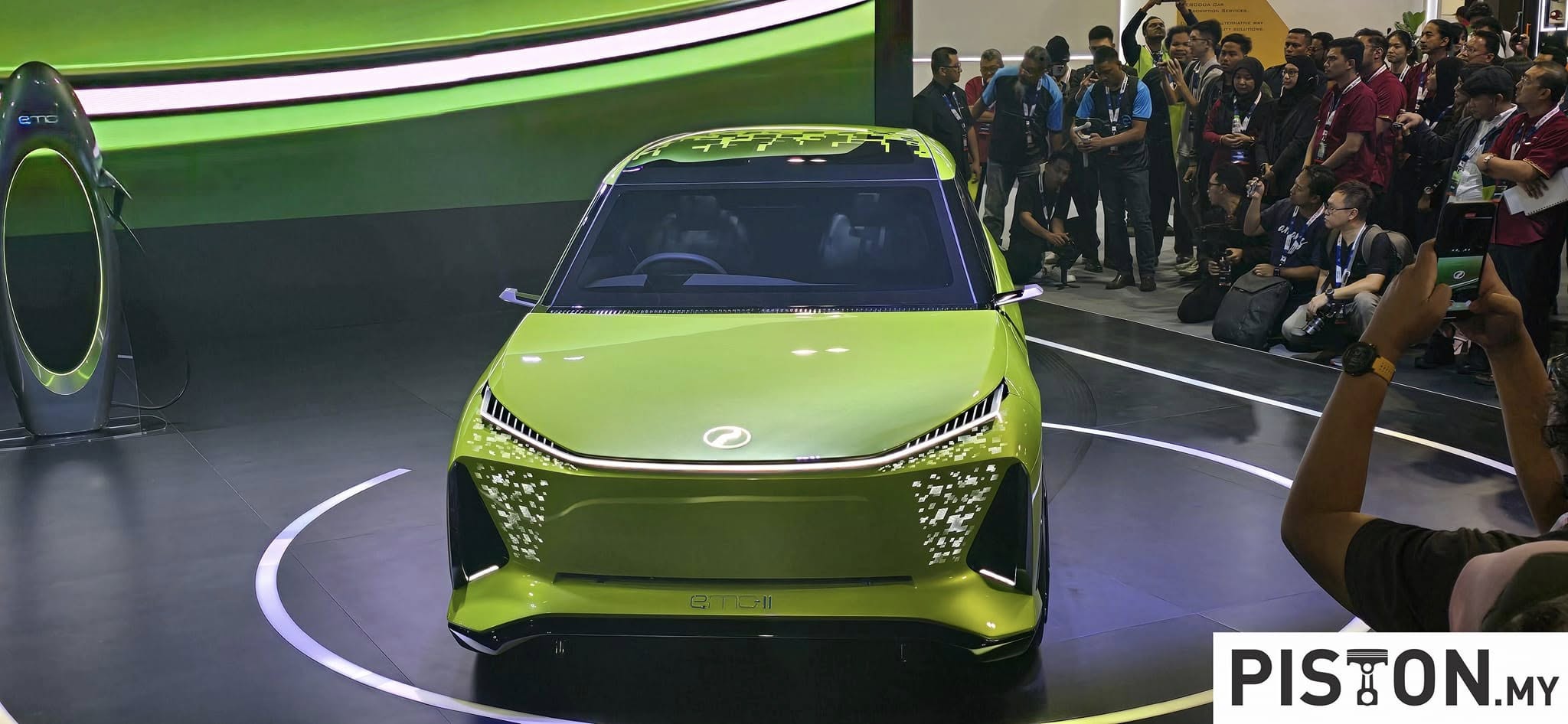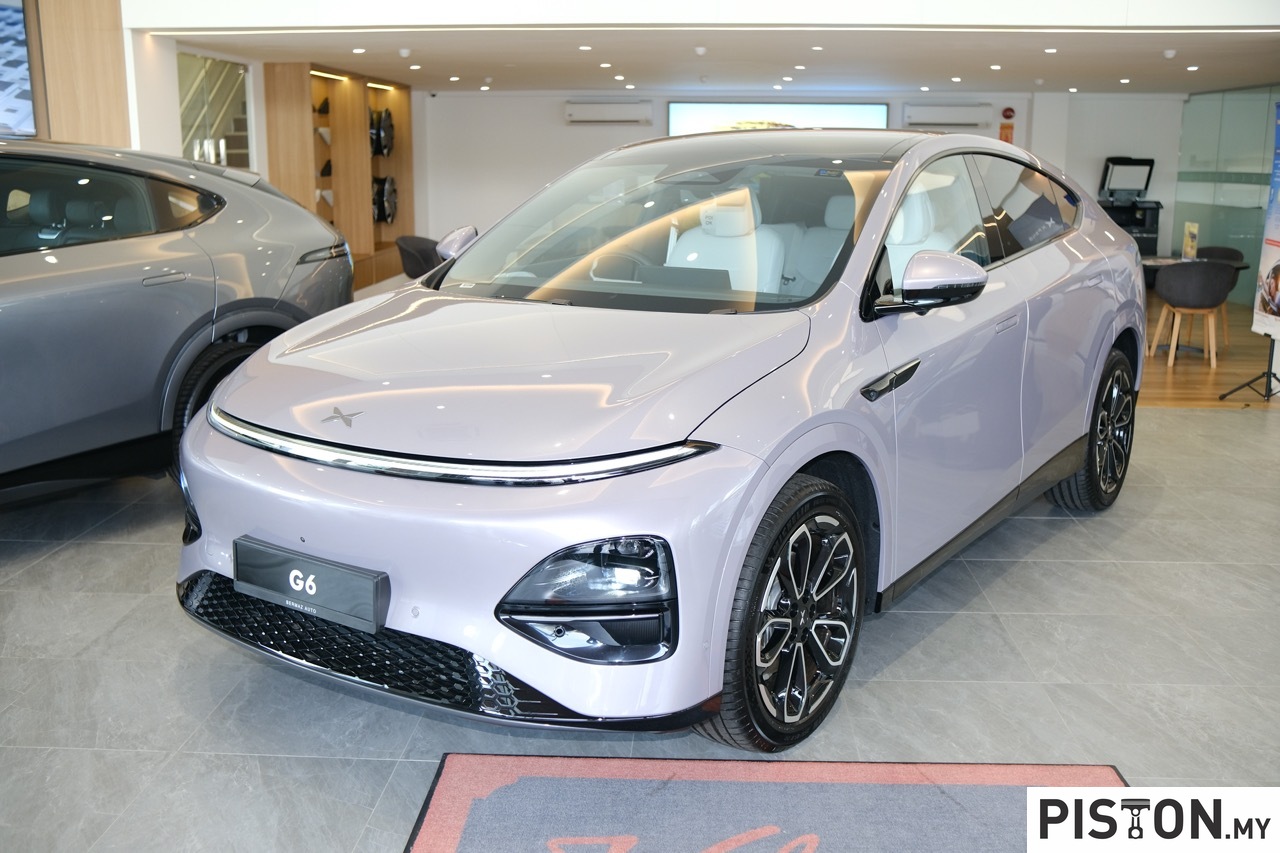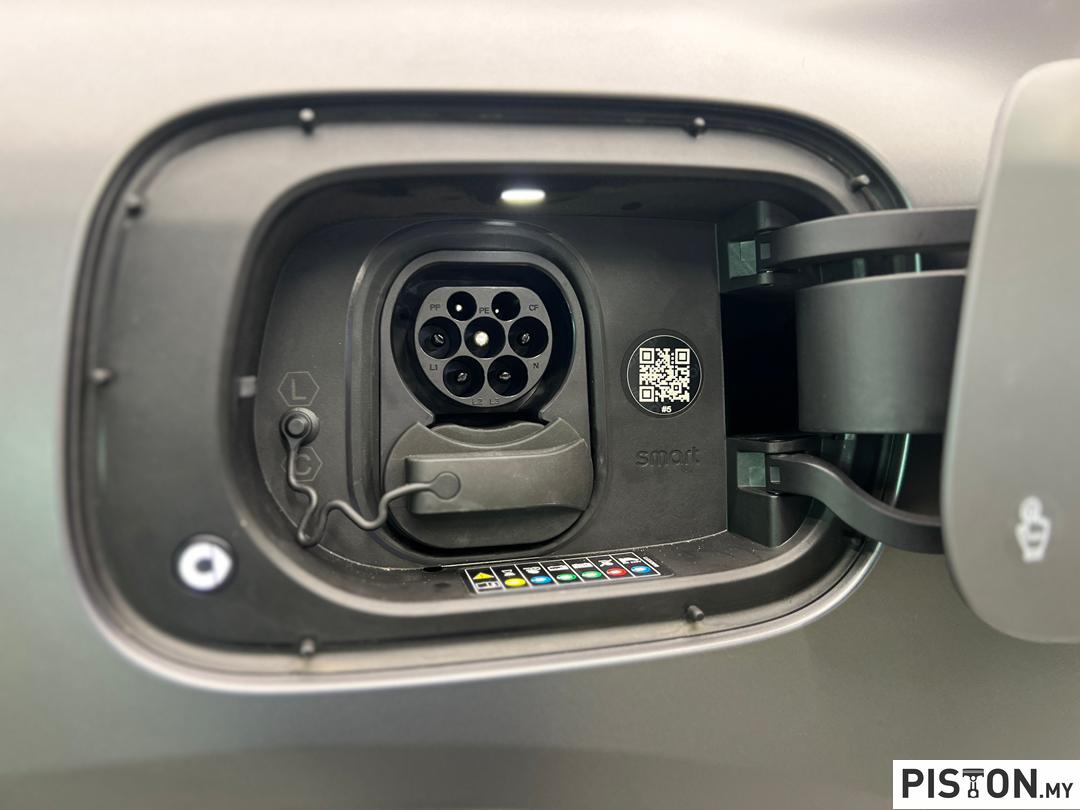Malaysia will once again have entrants in the TOYOTA GAZOO Racing GT CUP ASIA event which will be broadcast at 6:30 pm today. The event, organized by Toyota Motor Asia Pacific, will see Team Malaysia going up against the region’s elite racers from Singapore, Indonesia, Thailand, Korea, India and Taiwan for a chance to become Asia’s two representatives at the TGR GT Cup Global Finals, plus a Grand Prize of US$6,000 (about RM25,000) in cash.
Gunning to become champion in the second running of the event is Taj Izrin Aiman who finished second overall in the inaugural event last year. Compatriot Muhammad Iqbal will also be making his second appearance in the TGR GT CUP ASIA after finishing fourth overall last year. Both drivers earned their way to being participants by finishing in the top two positions, respectively, in the 2021 Toyota GR Velocity Esports Championship, where Taj Izrin Aiman winning his second consecutive title. Nabil Azlan is the third member of the team.
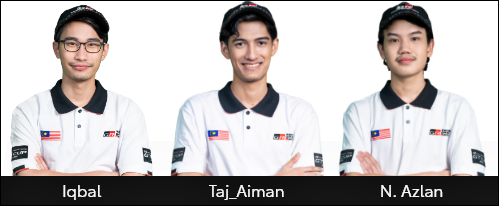
4 races, including a street circuit
The TGR GT CUP ASIA will be contested over 4 online races with competitors awarded points based on their placings. The opening race will see drivers competing behind the wheel of a GR Yaris in a 5-lap race around the 7.3-km Tokyo Expressway – where the Top 10 will proceed to the finals.
They will then switch to a GR Supra for another 5 laps for the consolation race, this time at the famous 4.5-km Fuji Speedway. For this race, the Top 5 will be given second wind to be part of the finals.
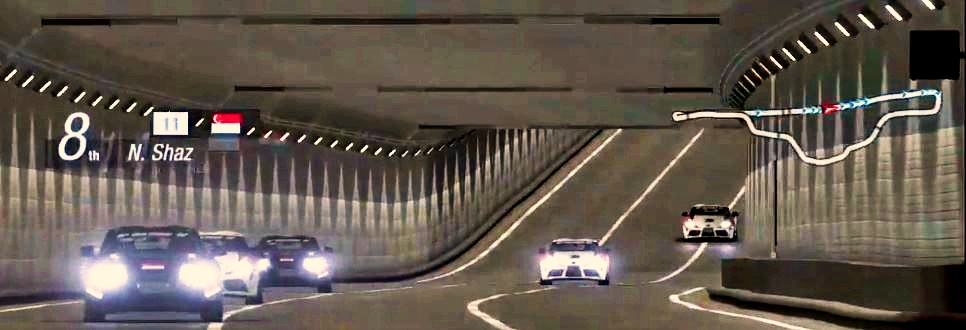
Making its debut this season will be the all-new GR 86, and racers will take on 5 laps of the 7.0-km Spa-Francorchamps circuit in Belgium. During the race, every car must make a mandatory pit-stop and also a tyre change, which means departing from the race momentarily. The fourth and final race will certainly be the most gruelling – 3 long laps of the 13.6-km historical Le Mans Circuit de Sarthe in France behind the wheel of a TS 050 Hybrid sportscar.
Aiming for overall victory
Besides competing for the individual Grand Prize, our Malaysian drivers will also be vying for the US$6,000 team prize pool money. For Taj Izrin Aiman, 23, two straight Toyota GR Velocity Esports Championship titles and his second appearance in the TGR GT CUP ASIA, will help boost his confidence and determination to take the overall title this time.
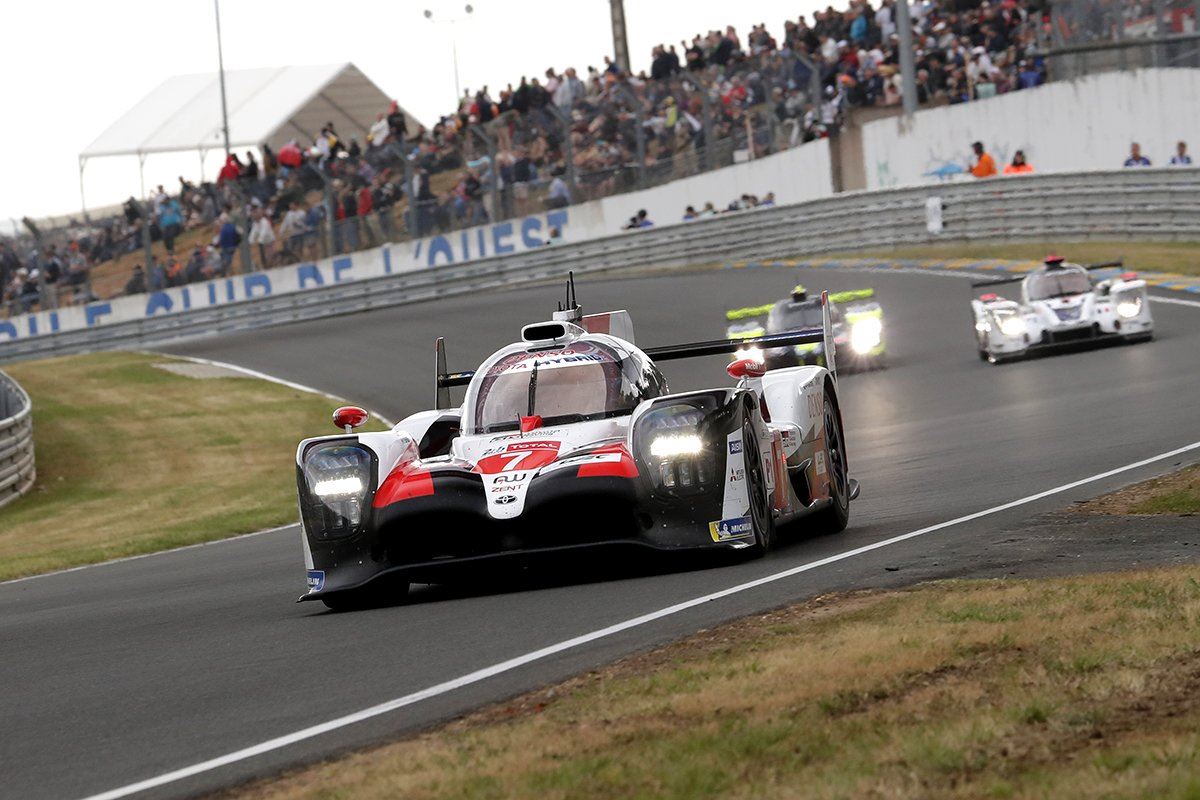
“If last year’s event is anything to go by, all I can say is that the TGR GT CUP ASIA is insanely competitive considering we will be racing against the region’s best drivers,” he said prior to this evening’s races. “The most important thing will be to remain focussed and consistent. You cannot afford to make mistakes in any of the races; if you do, the odds of bouncing back into championship contention will be anything from slim to impossible.”
His performance in the Toyota GR Velocity Esports Championship has been exceptionally consistent and almost dominant when he won two of the three races and finished second once earning him the overall prize of RM20,000. More than 800 participants participated in the championship which began with qualifying rounds in late August, before the top 20 racers moved on to compete in semi-finals held on September 18.
Racing in real and virtual worlds now
“E-racing has taken the country and the region by storm, and this has uncovered an incredible pool of talented simulator racers. Racing is an integral part of Toyota’s heritage and today, that takes place both in the real and virtual worlds,” said GAZOO Racing Malaysia’s Chief Motorsports Officer Akio Takeyama.
“Simulator racing technology has also evolved exponentially over the years and today it is becoming an increasingly important training platform to bring new drivers into motor racing. This is something we have already experienced first-hand with the participation of virtual racers in the Vios Challenge – street racing championship in Malaysia. They are not only capable of making a quicker transition into a racing car, but they are also excelling in racing,” added Mr. Takeyama, who is also a racer himself in the Vios Challenge.
Billed as one of the most lucrative local online racing series in the country, the Toyota GR Velocity Esports Championship was first held in 2018 and UMW Toyota Motor remains the first and the only Malaysian car company to be associated with fast-growing E-sports motor racing activities.
Similarly, the TGR GT CUP ASIA is also the only event of its kind in the region organized by a manufacturer. The Toyota GR Velocity Esports Championship was instrumental in inspiring the series.
Both the TGR GT CUP ASIA and the Toyota GR Velocity Esports Championship support UMW Toyota Motor’s ongoing initiative to bring motorsports to the masse, according to Ravindran K., President of UMW Toyota Motor. “Our objective in Malaysian motorsports is to cultivate greater interest, awareness and appreciation for the sport. There is also enormous talent both on the racing circuit and online, and we would like to bring this to the forefront in support of youth development,” he said.


